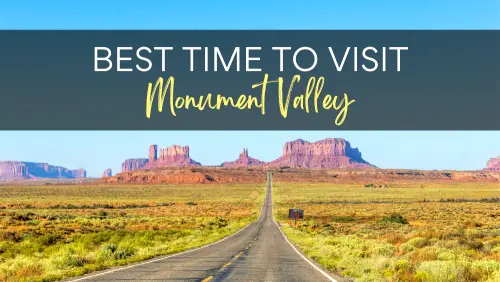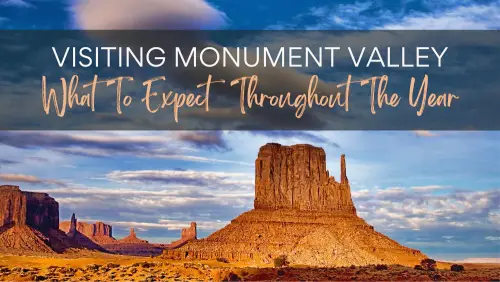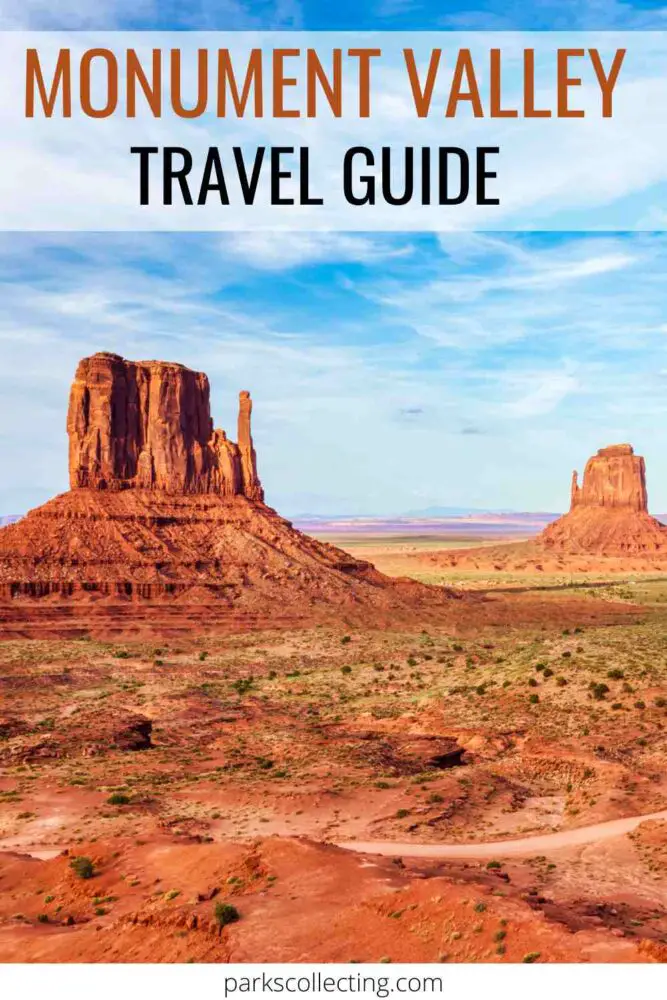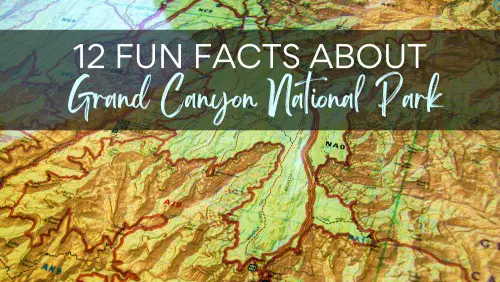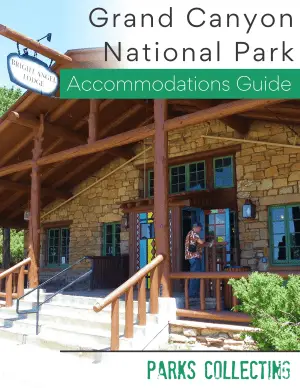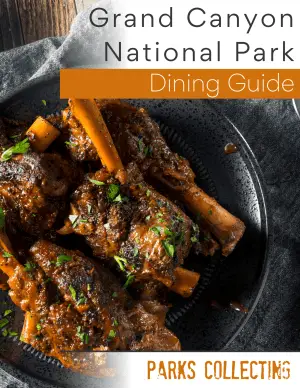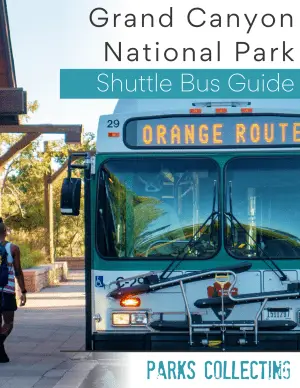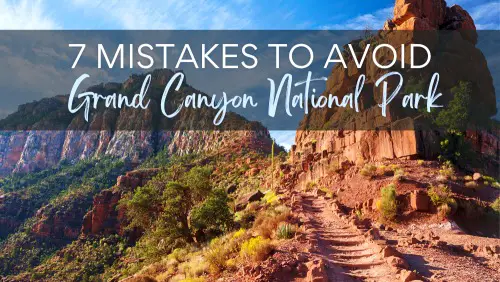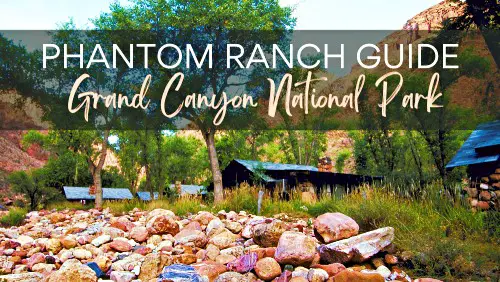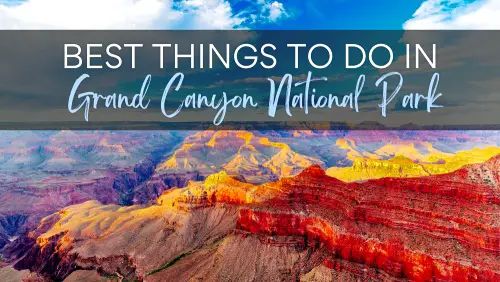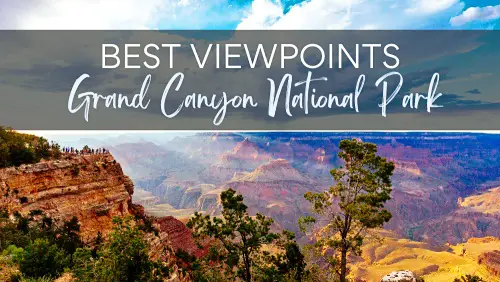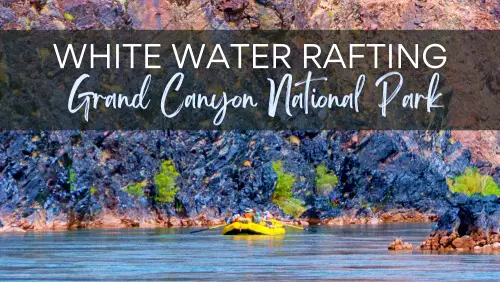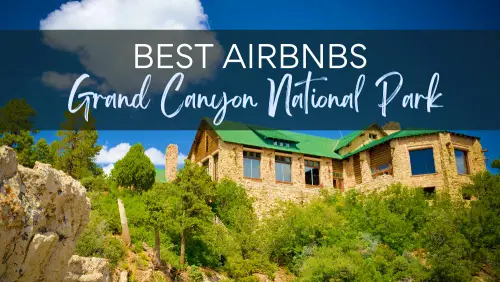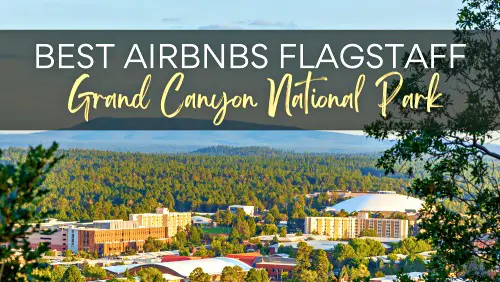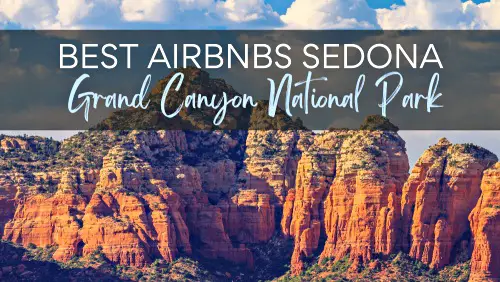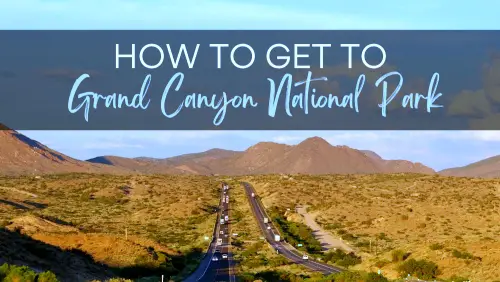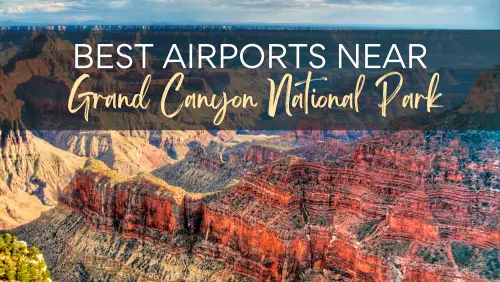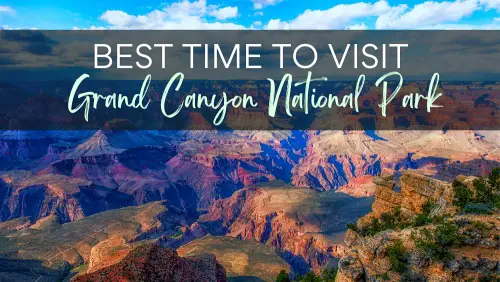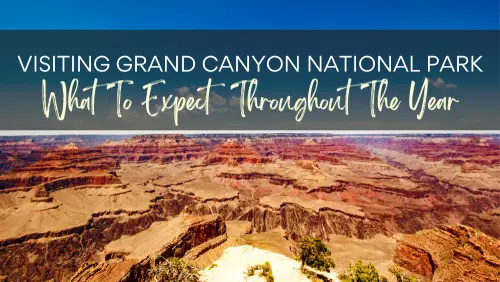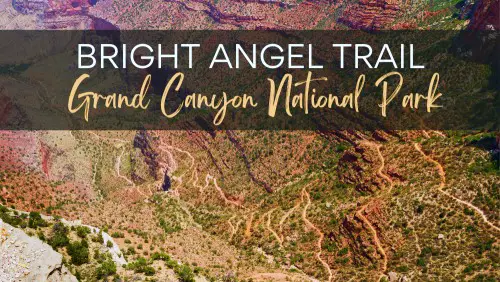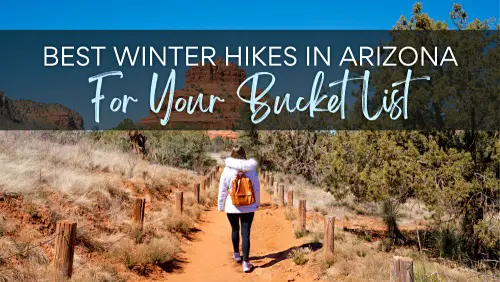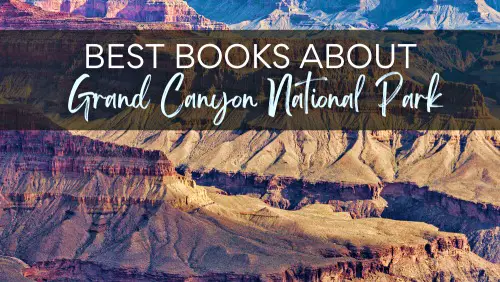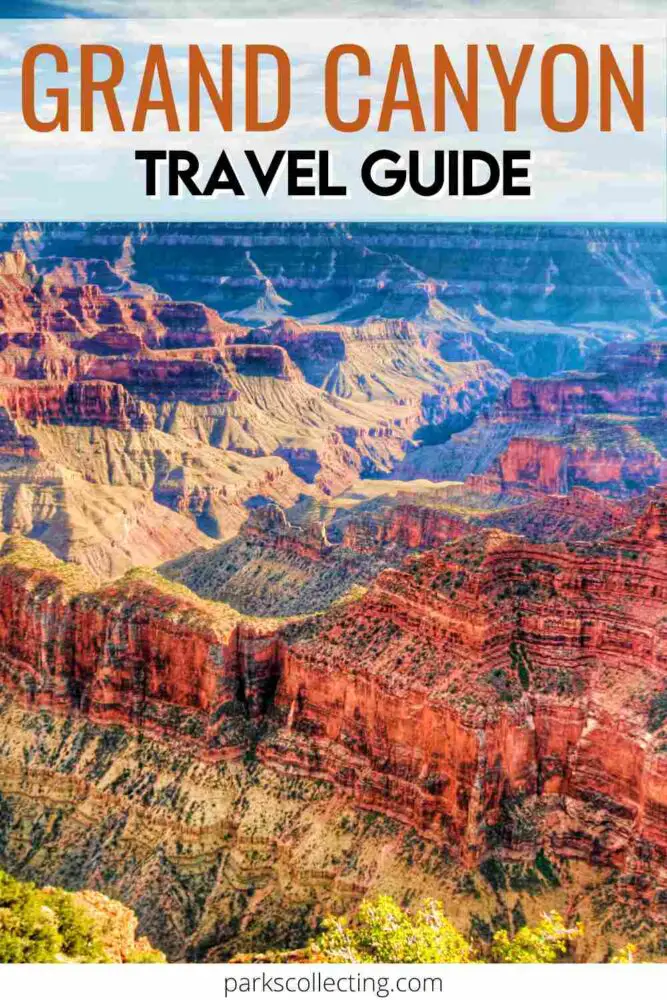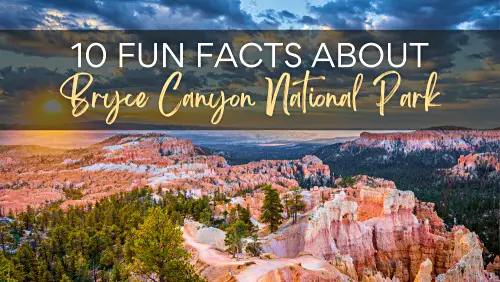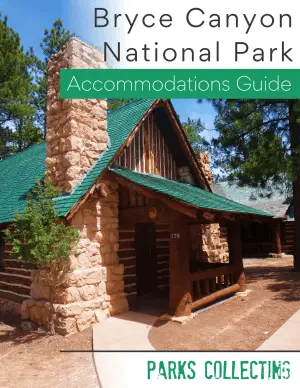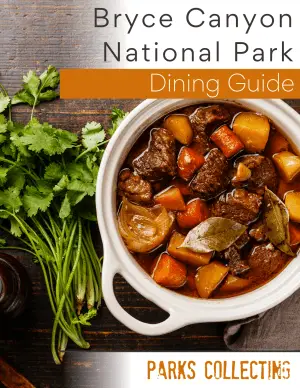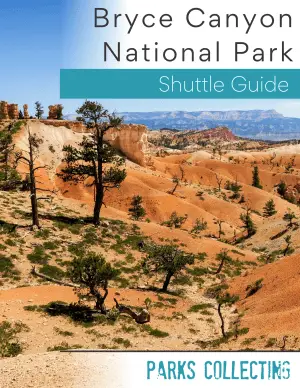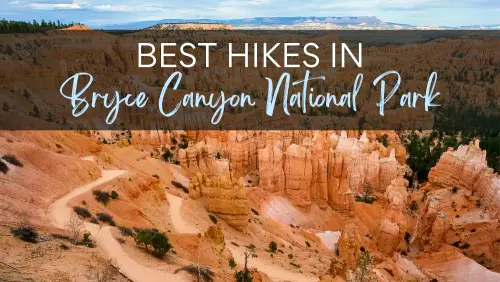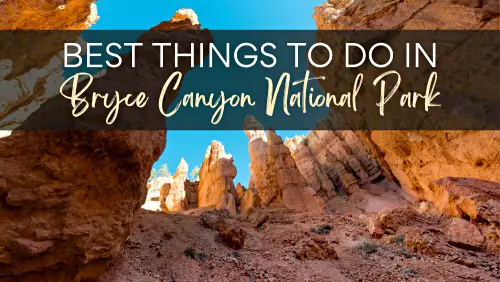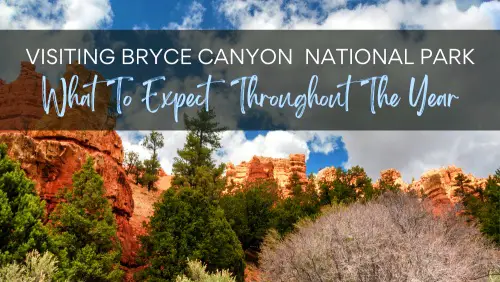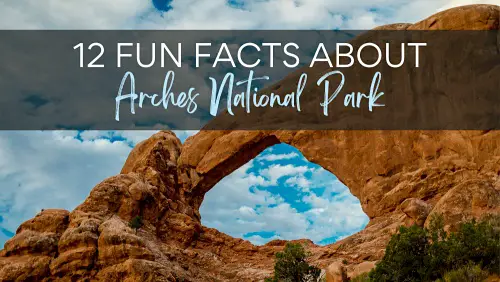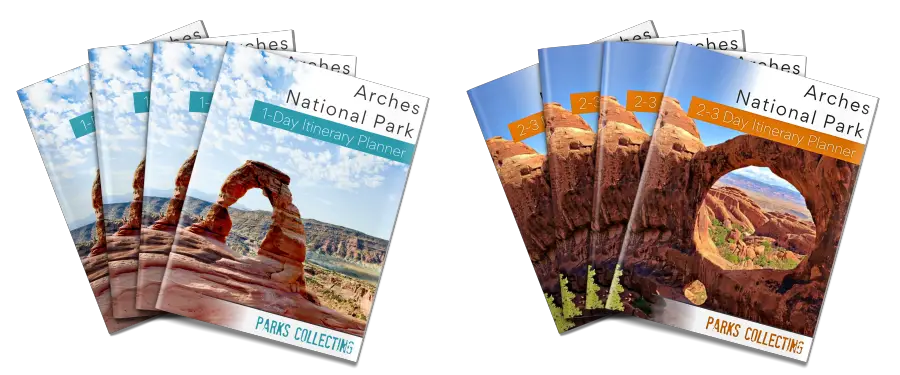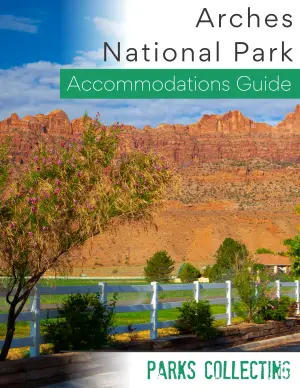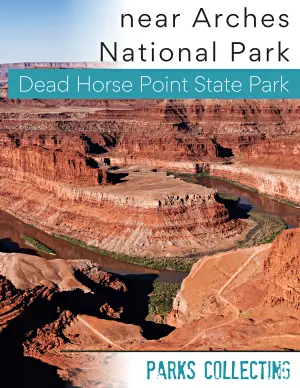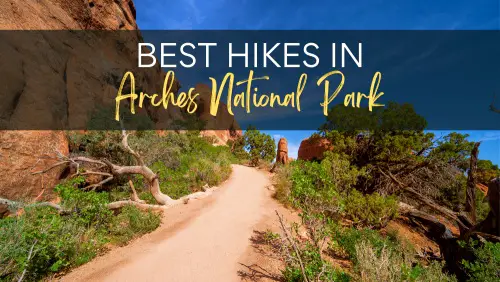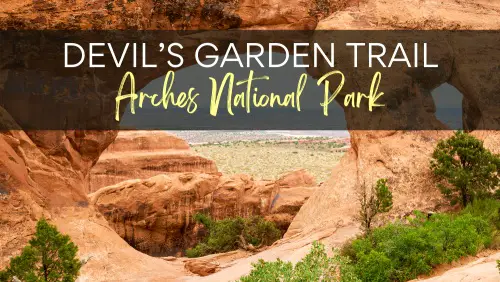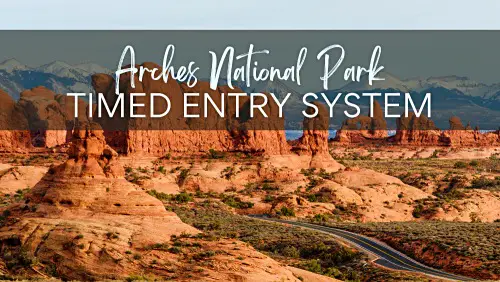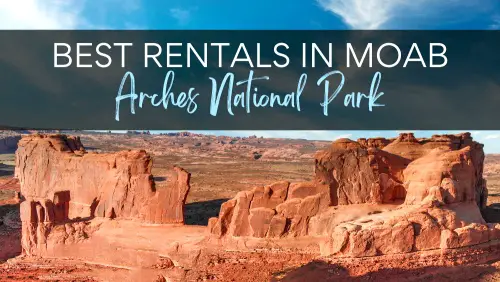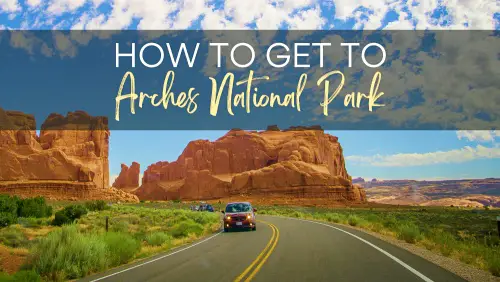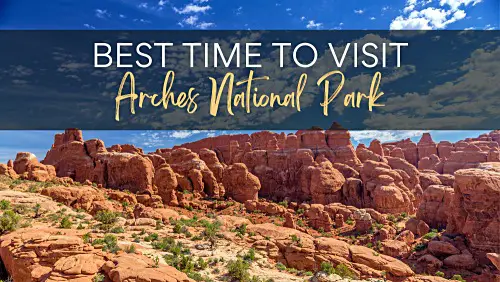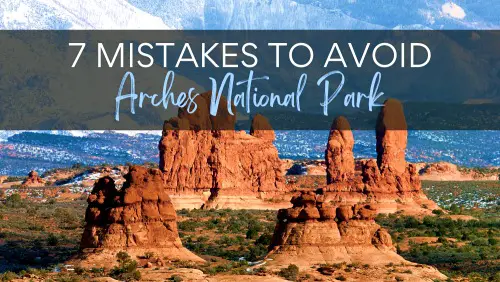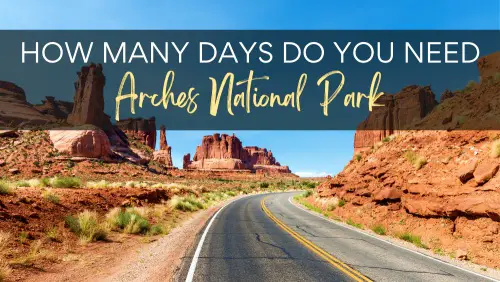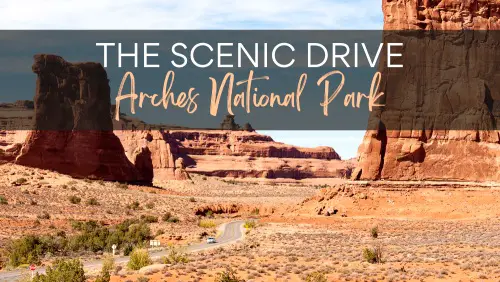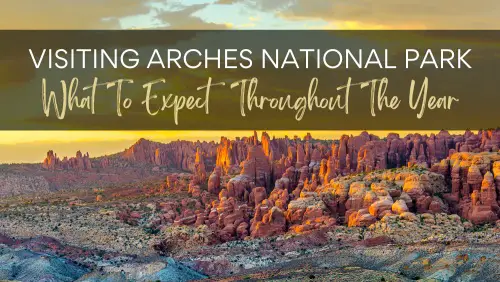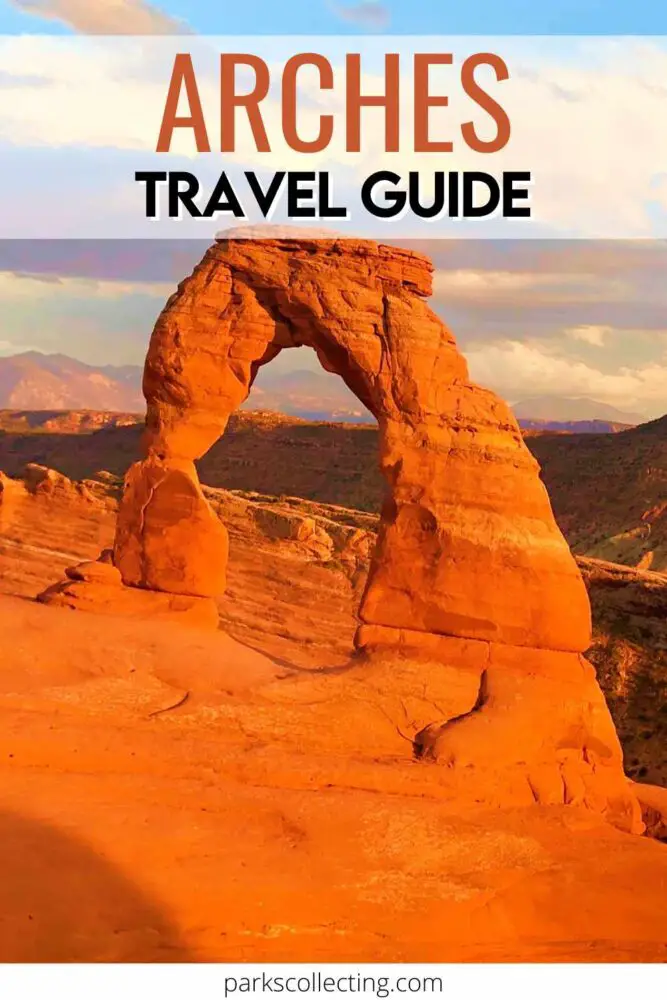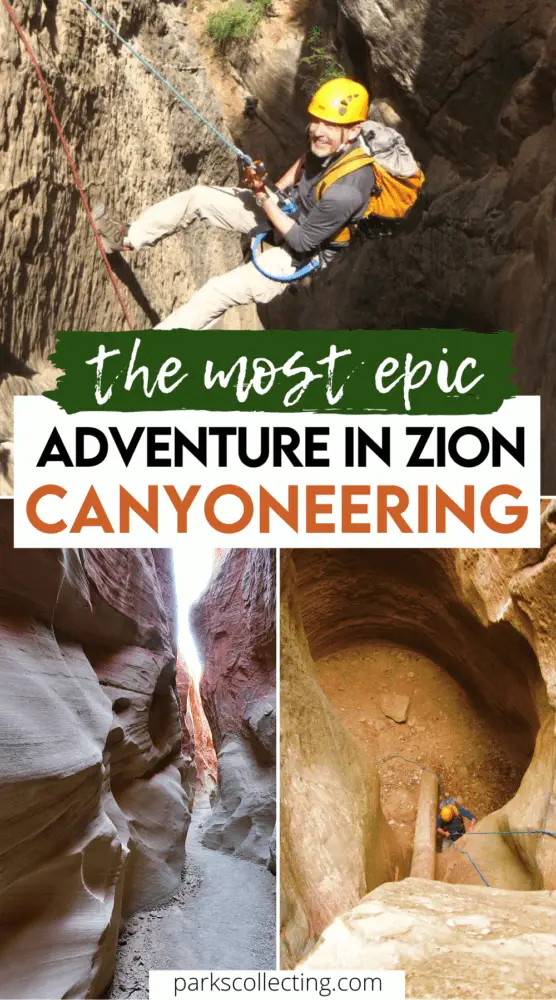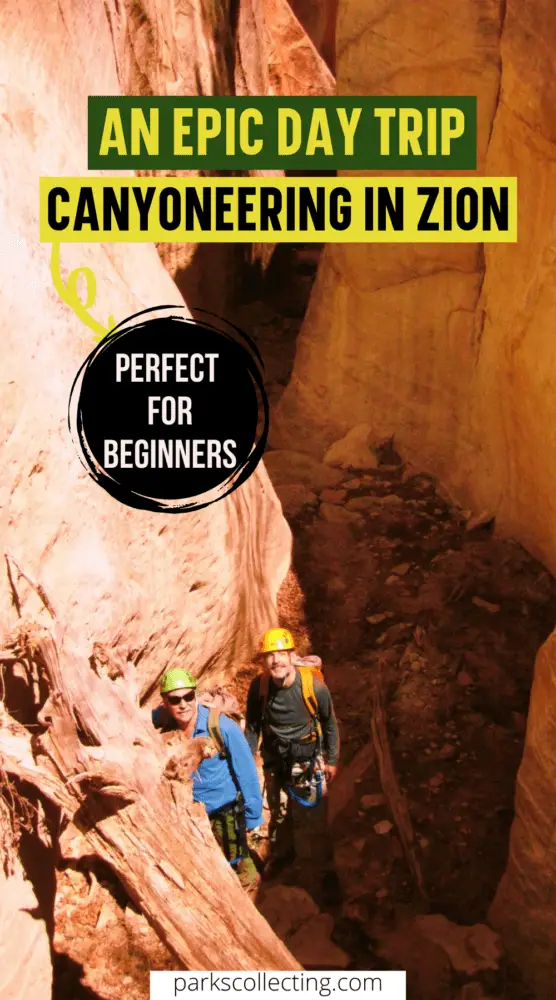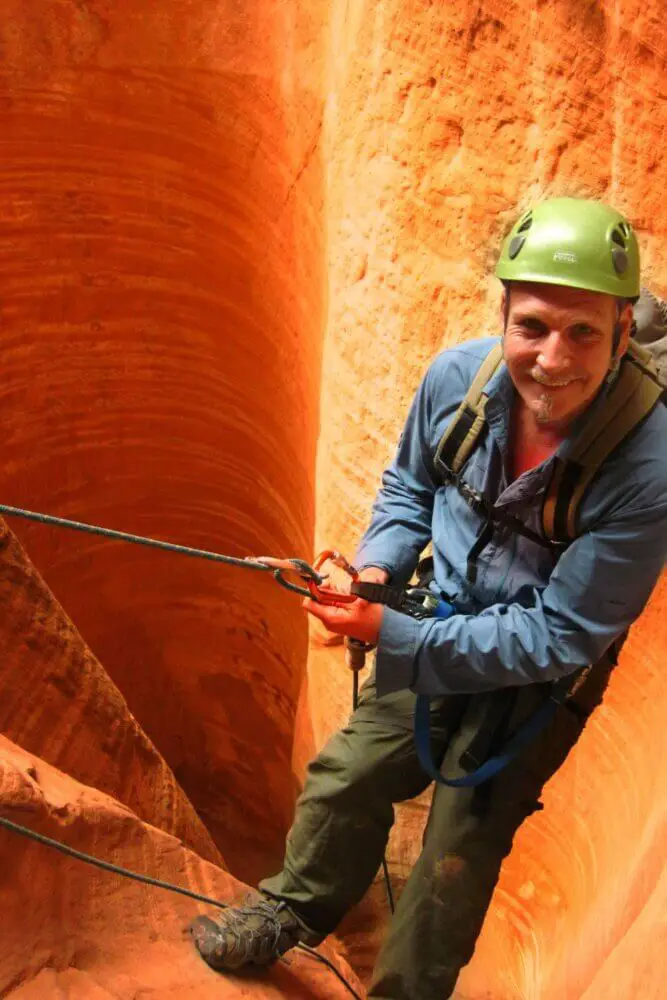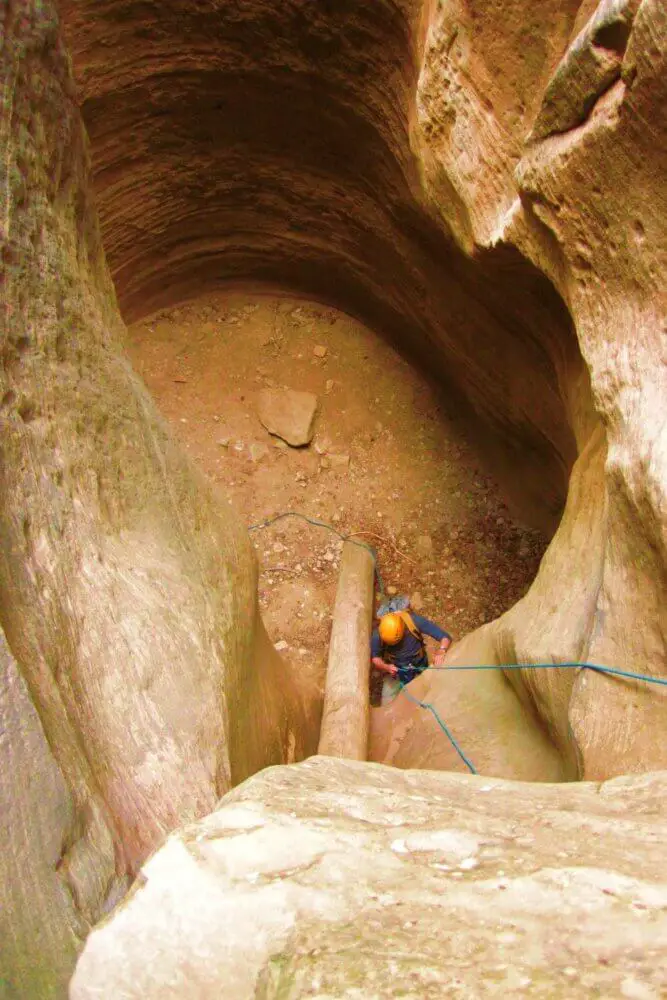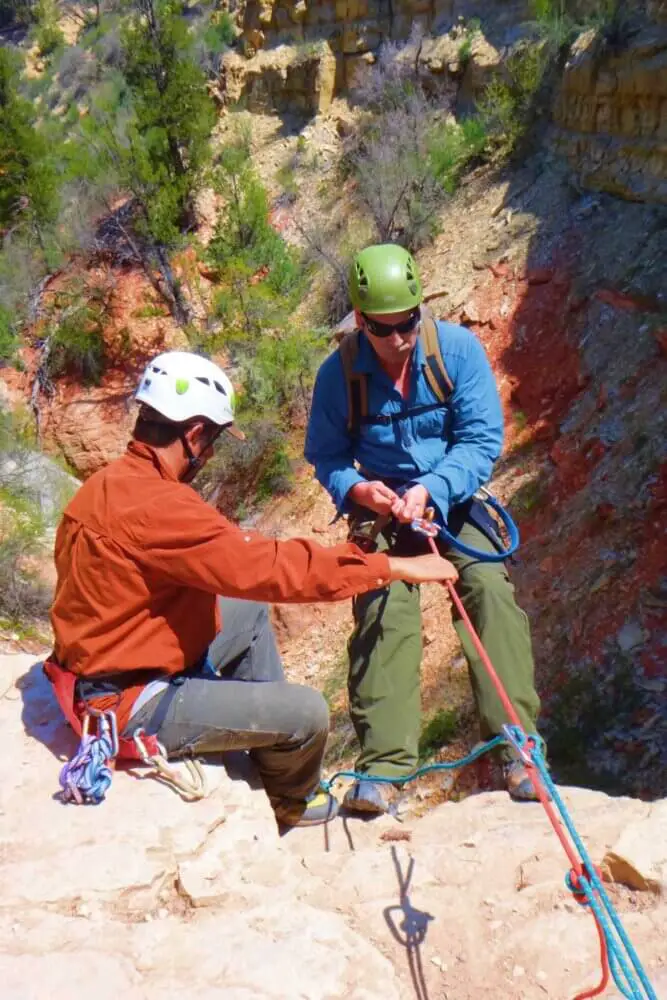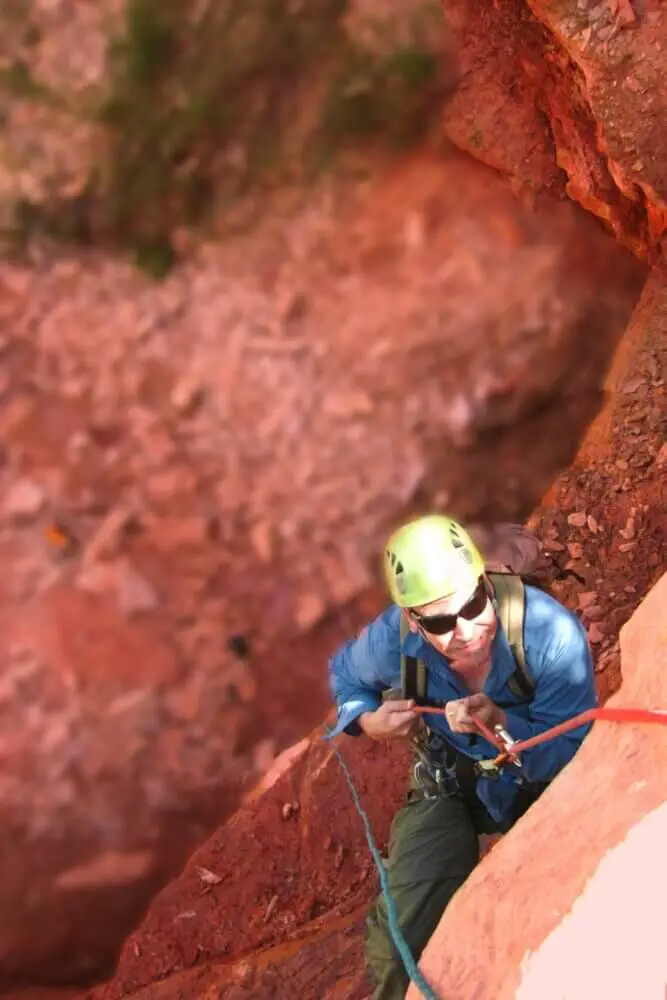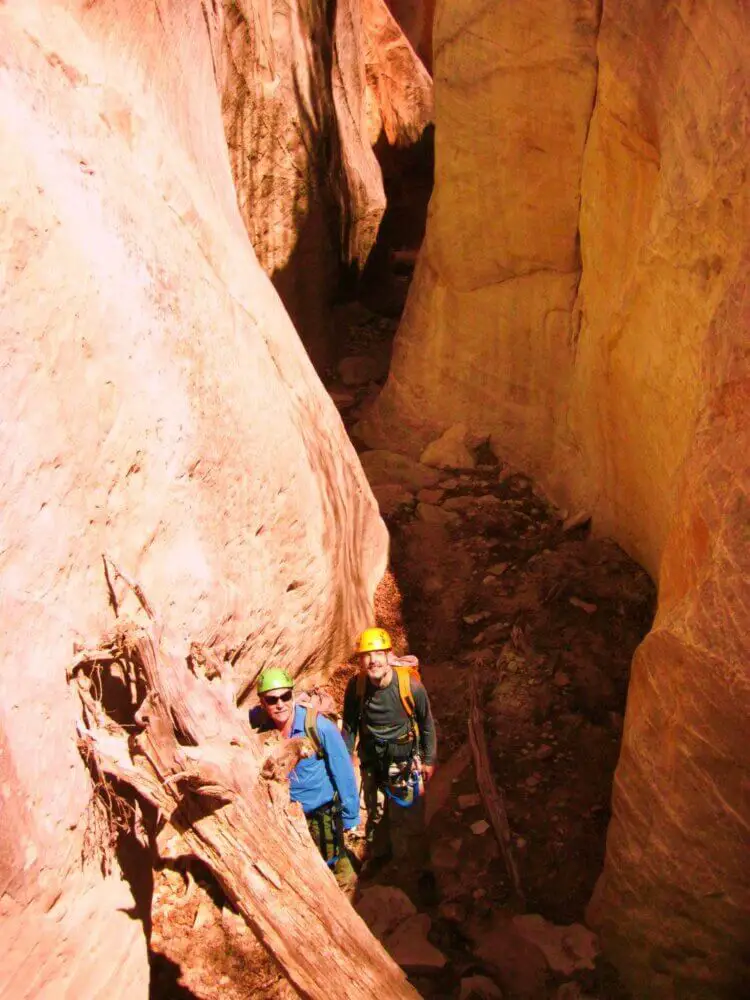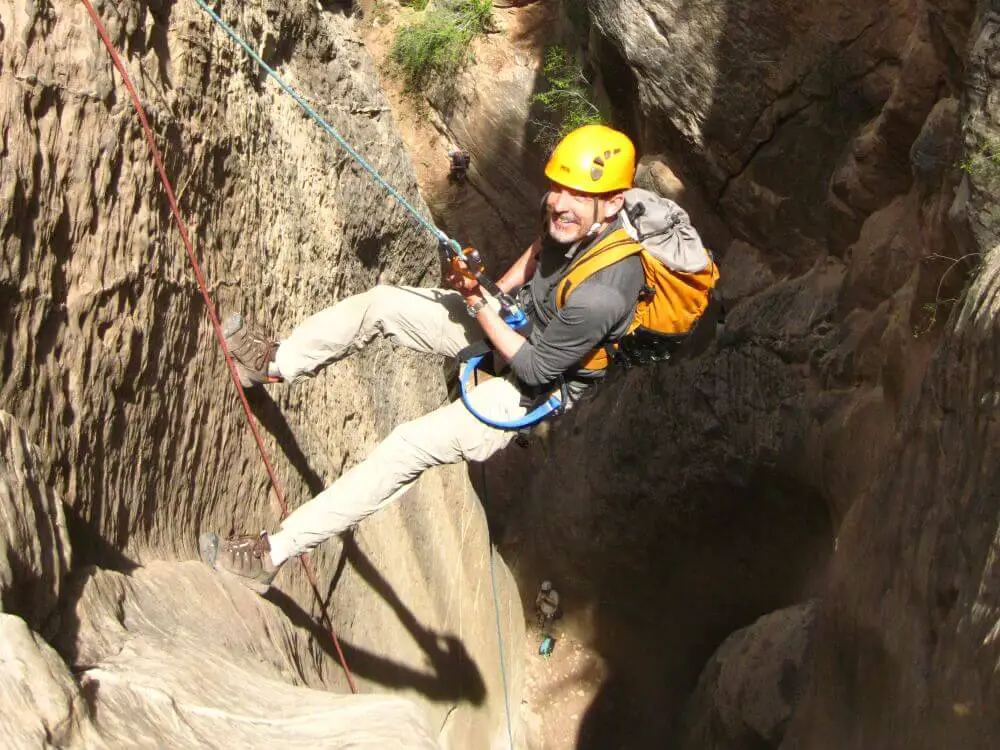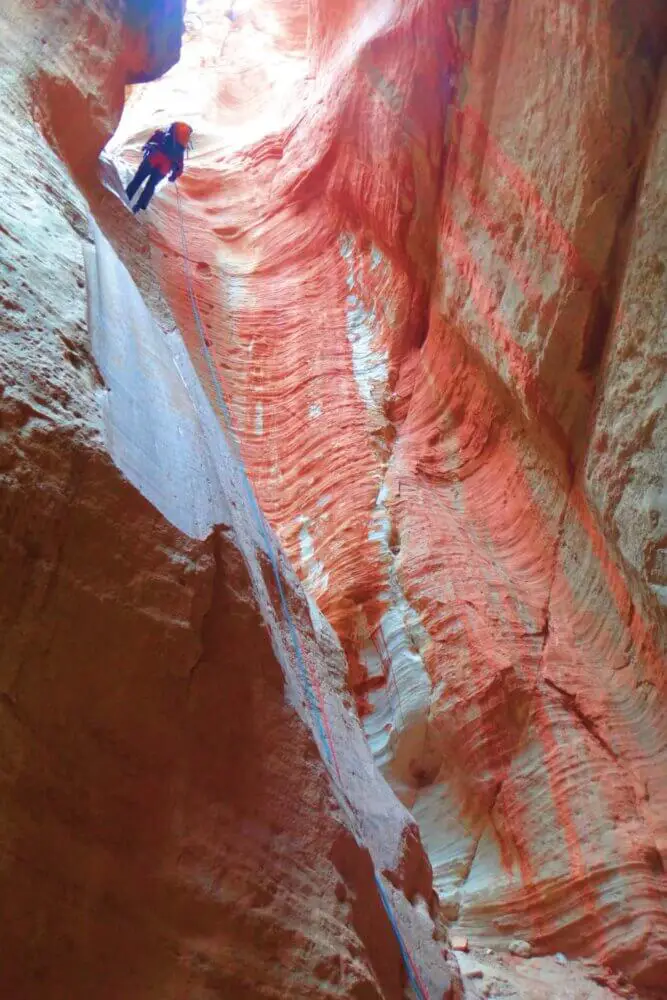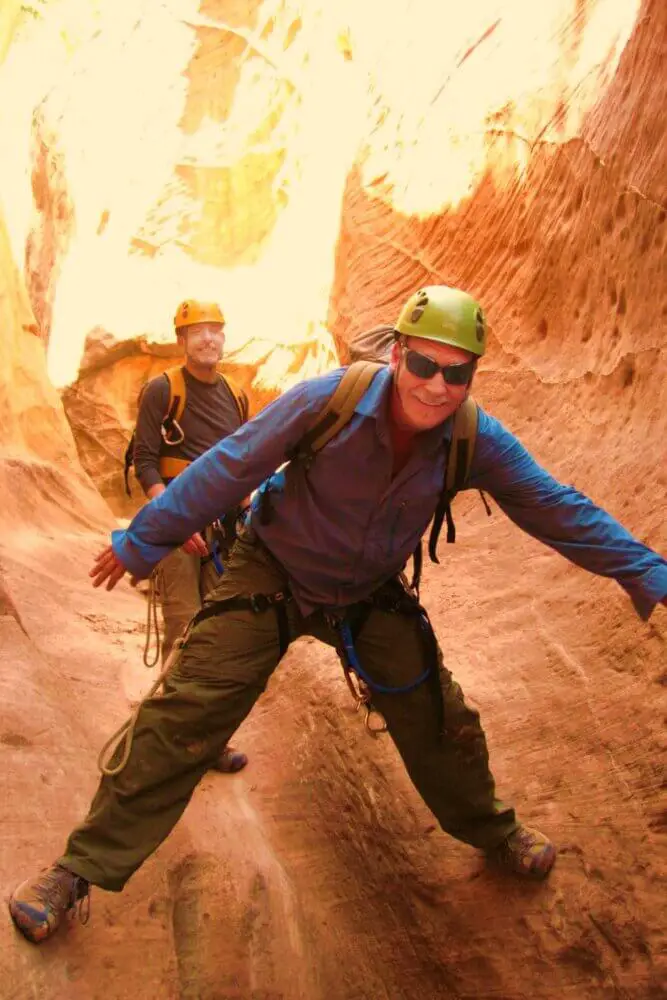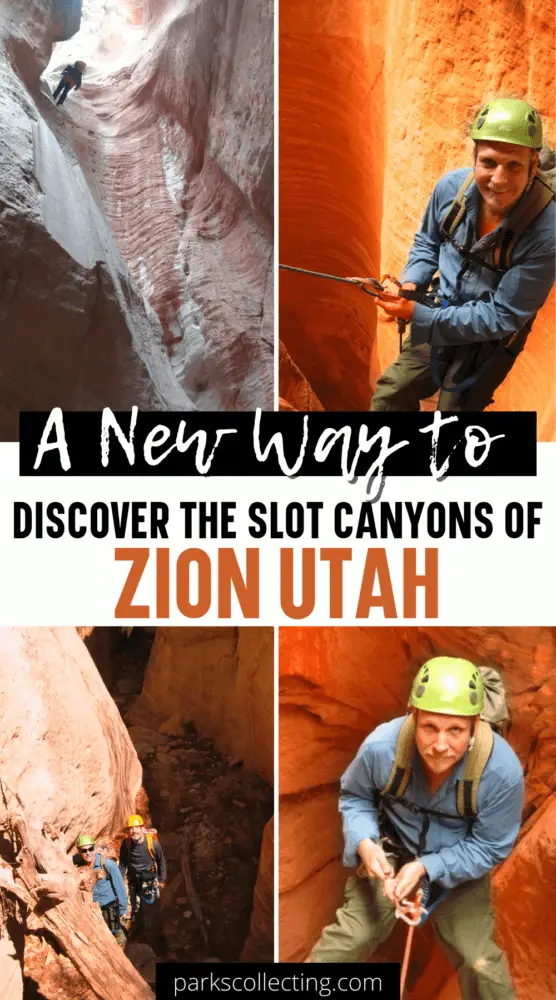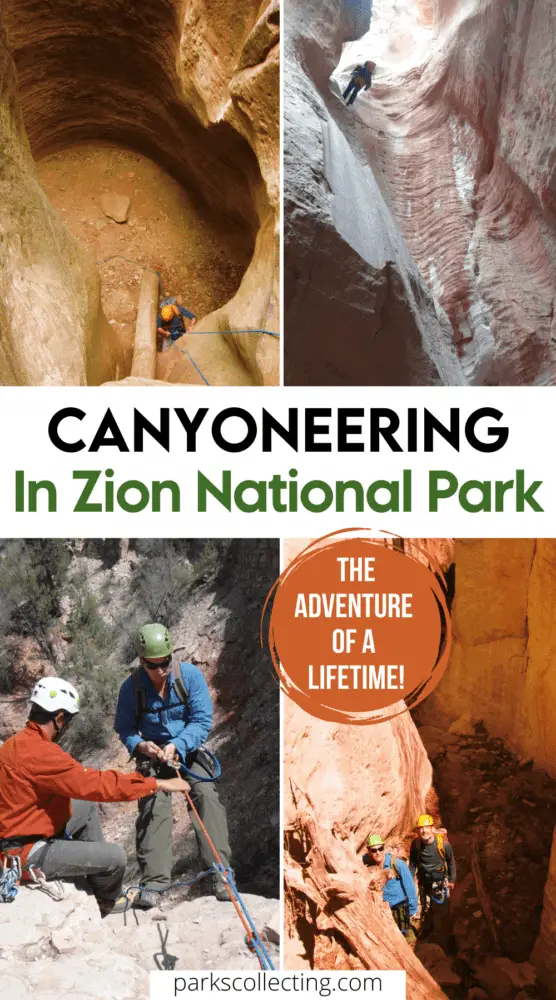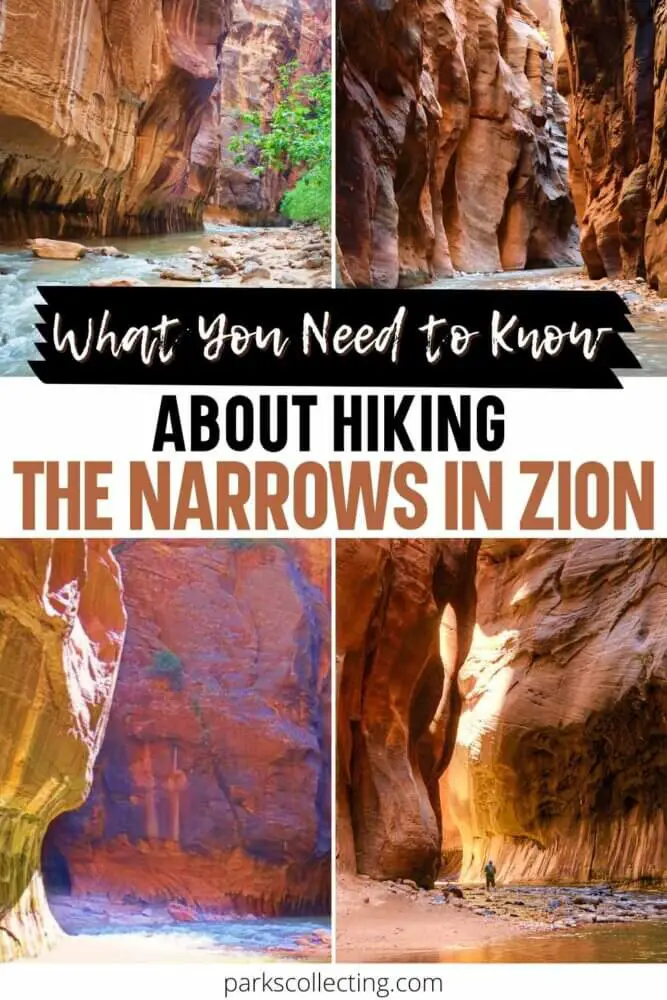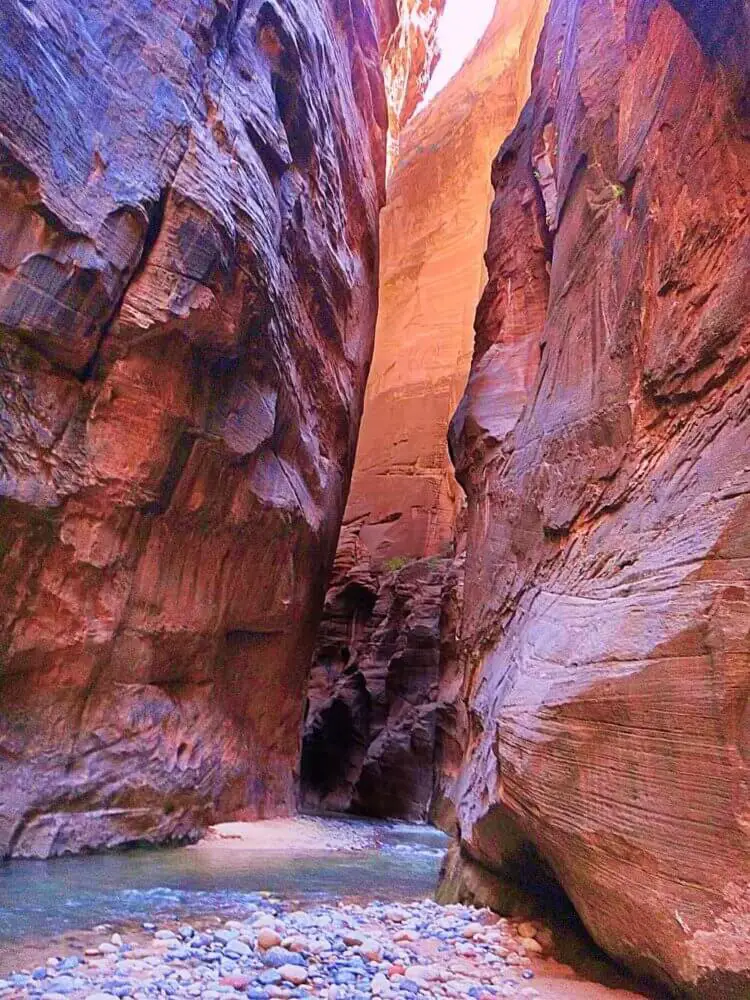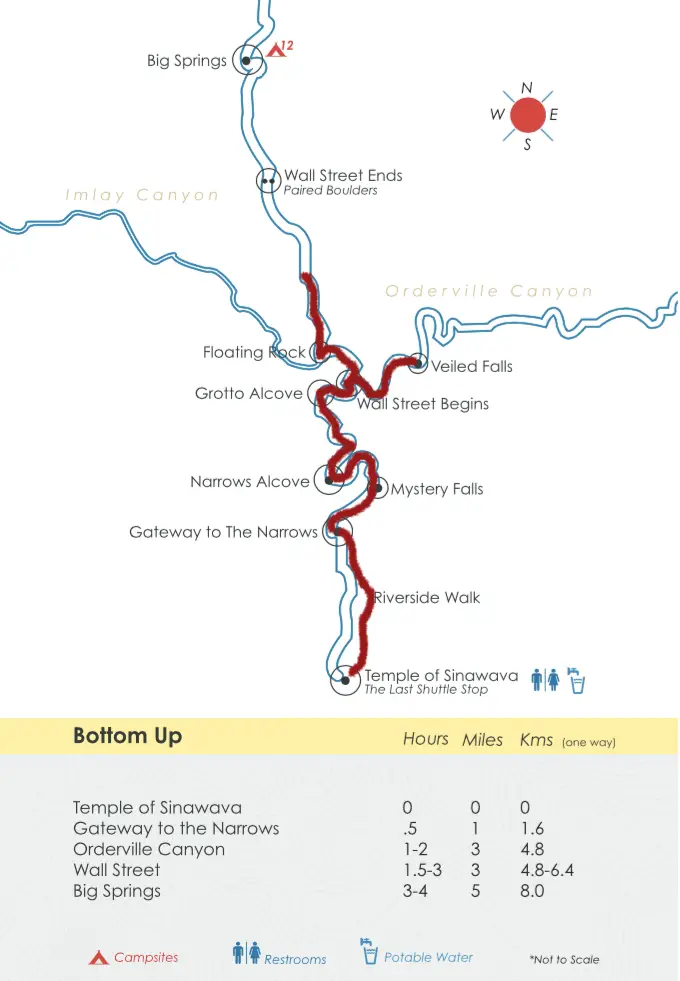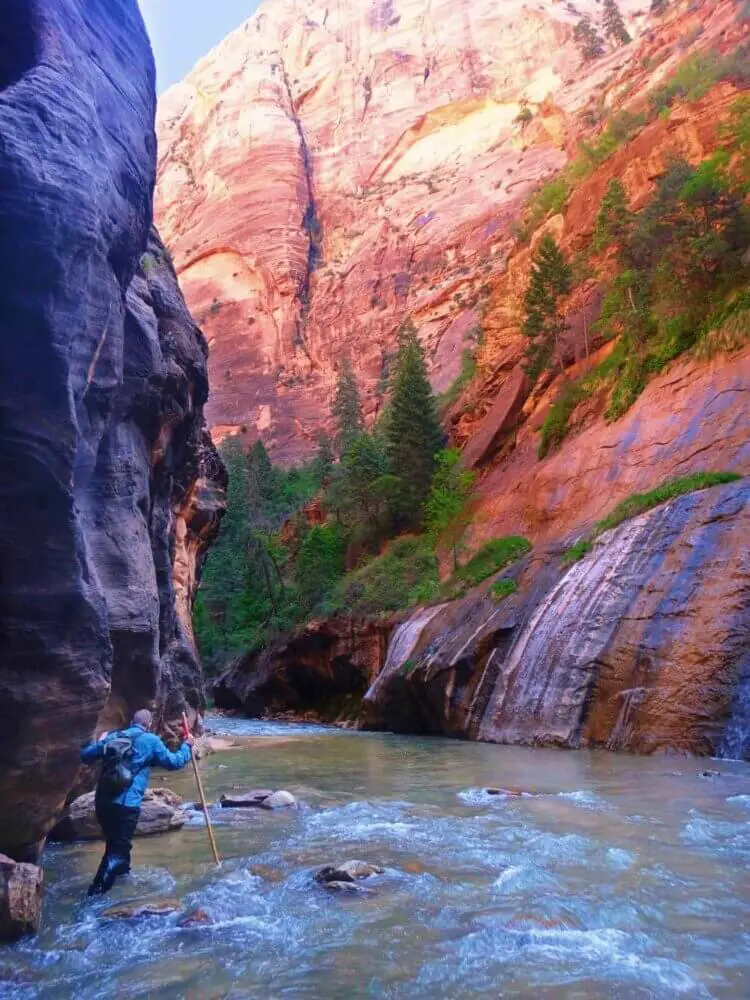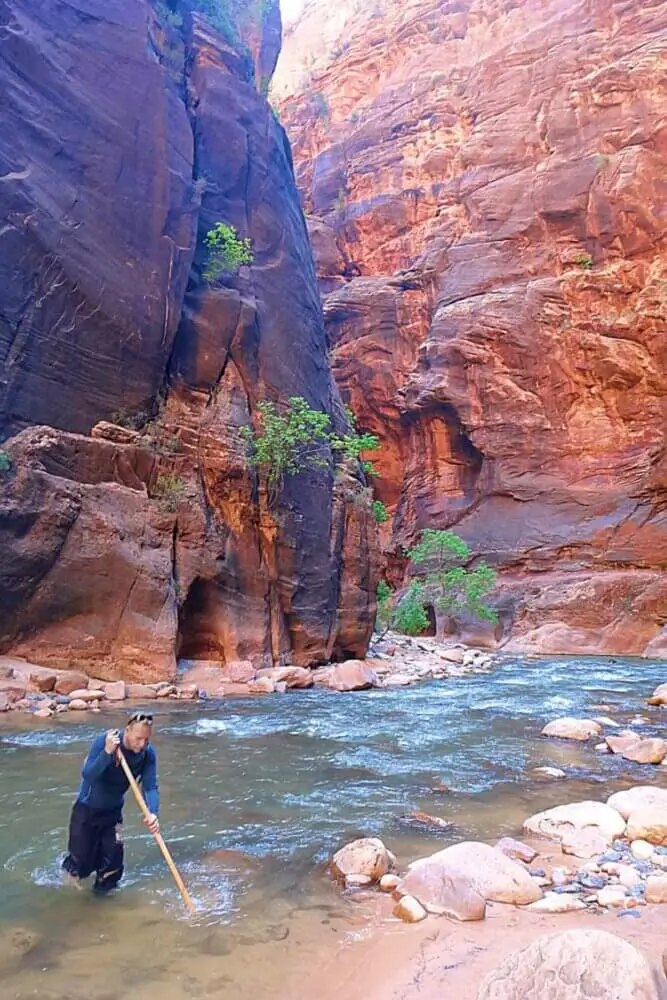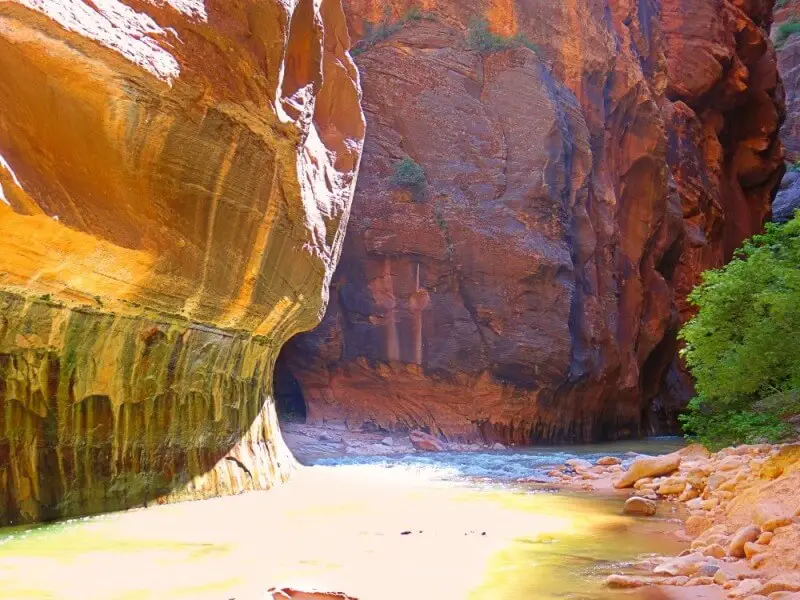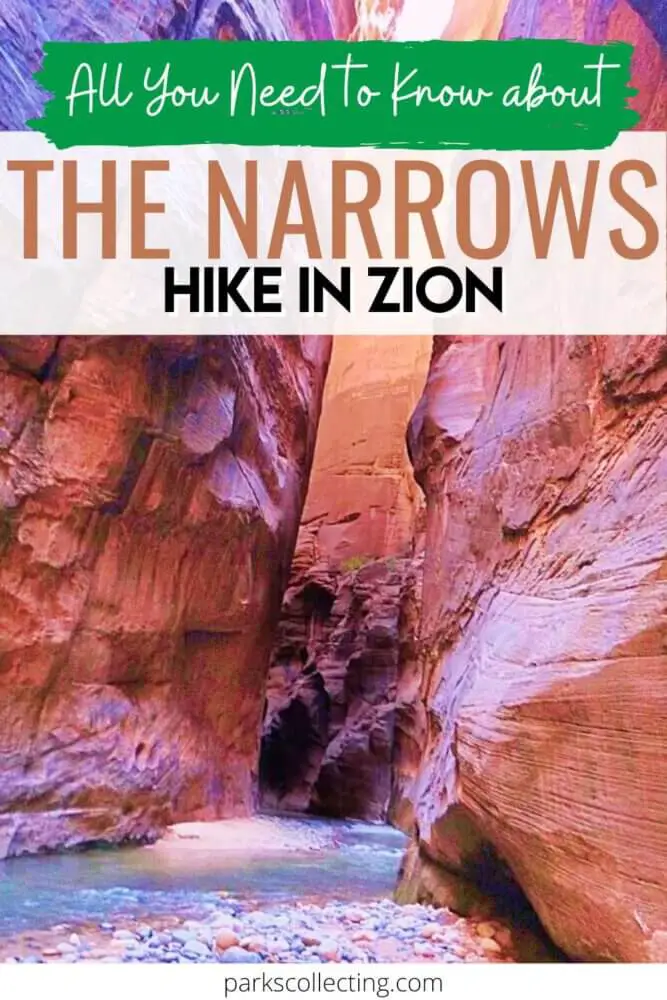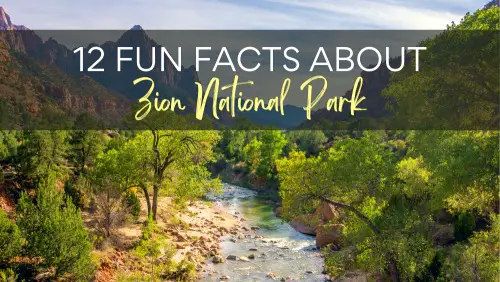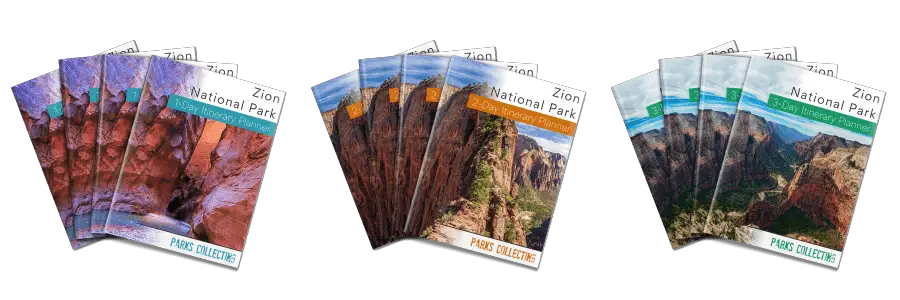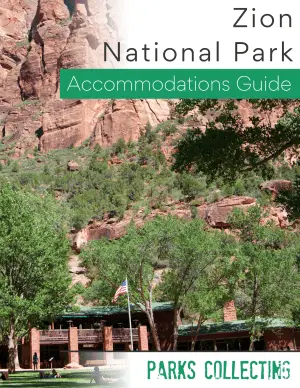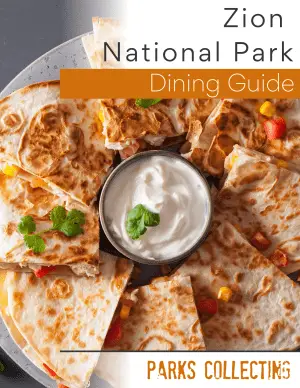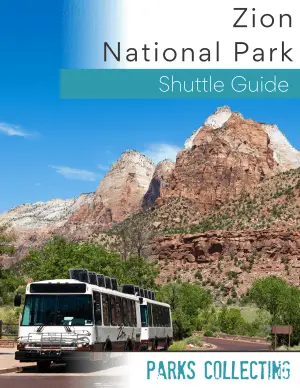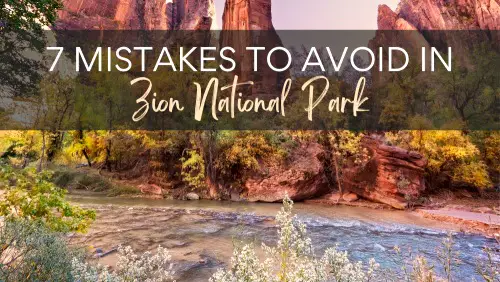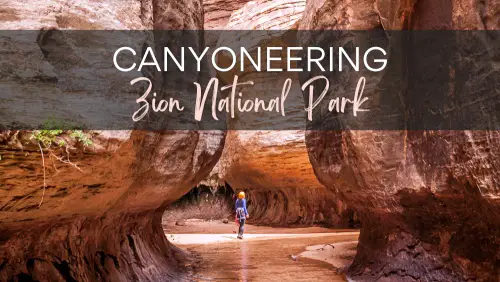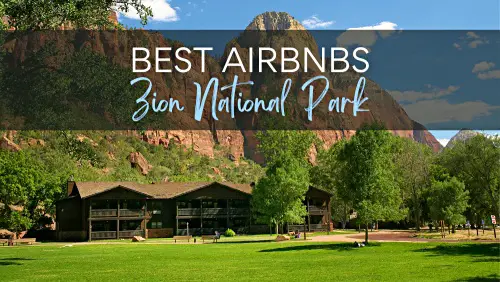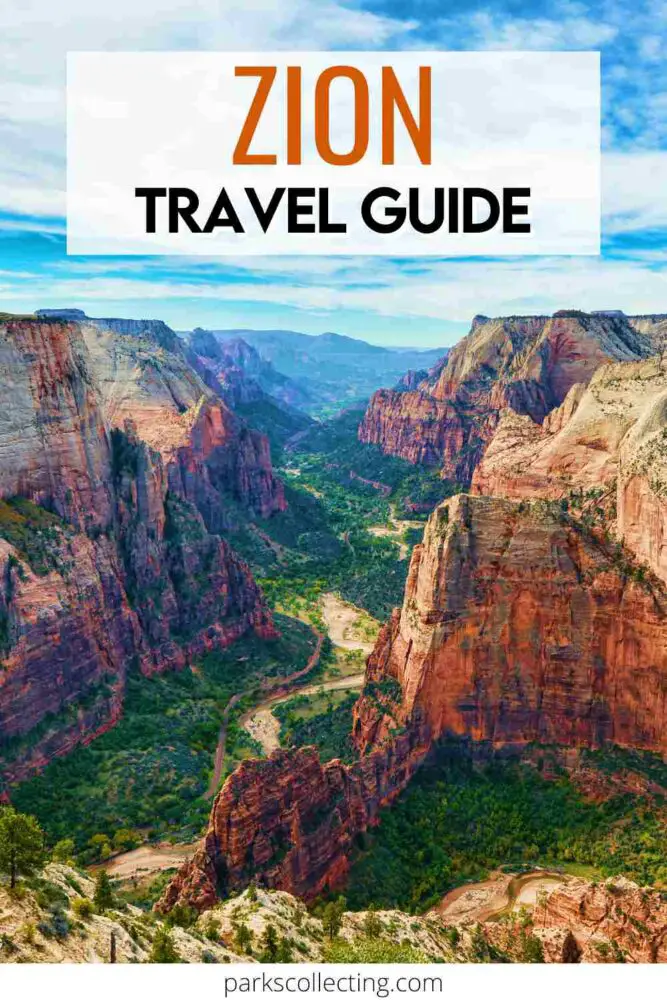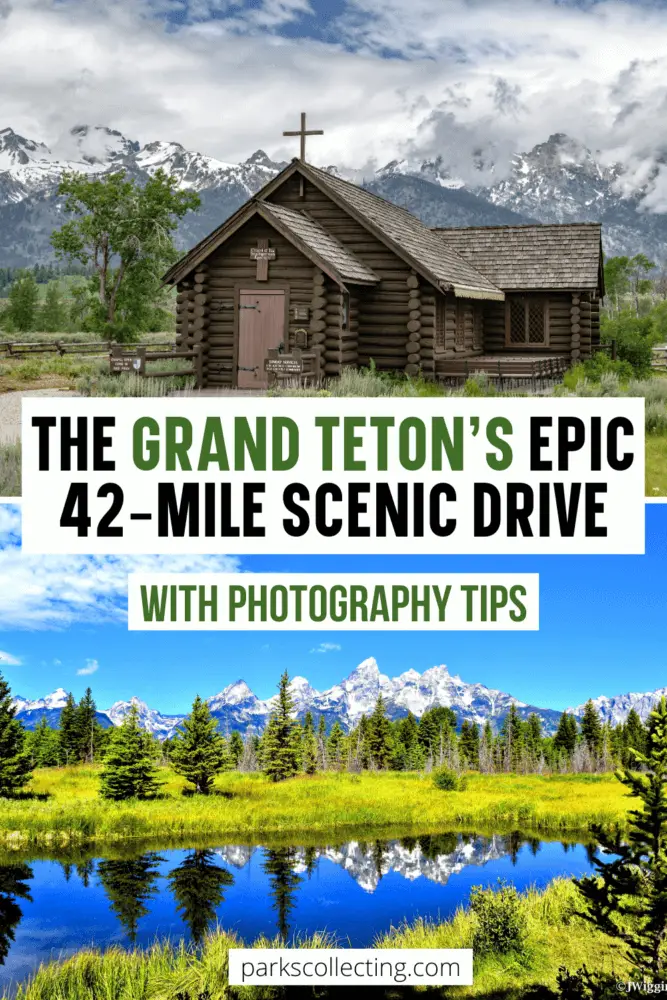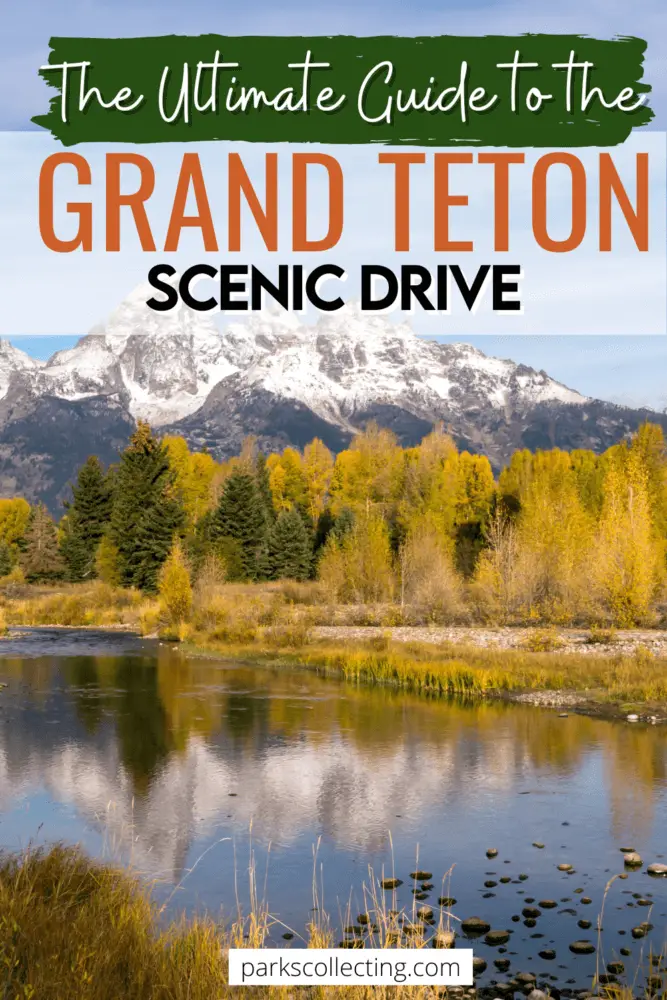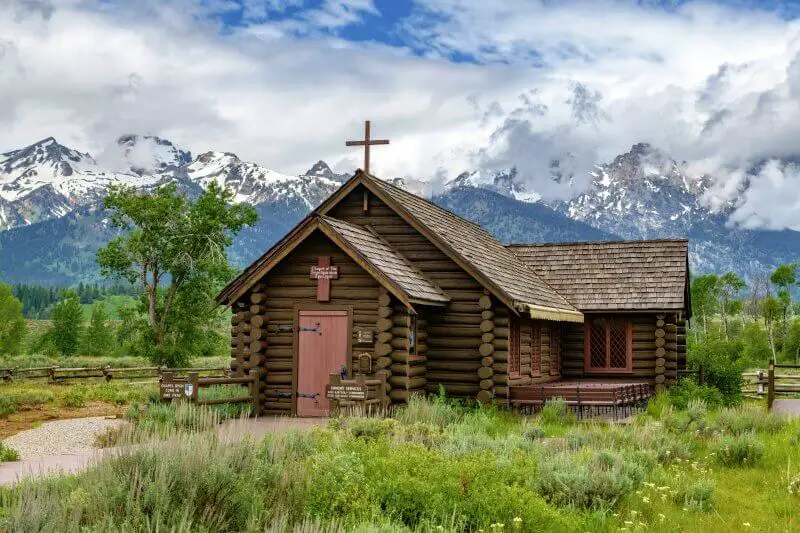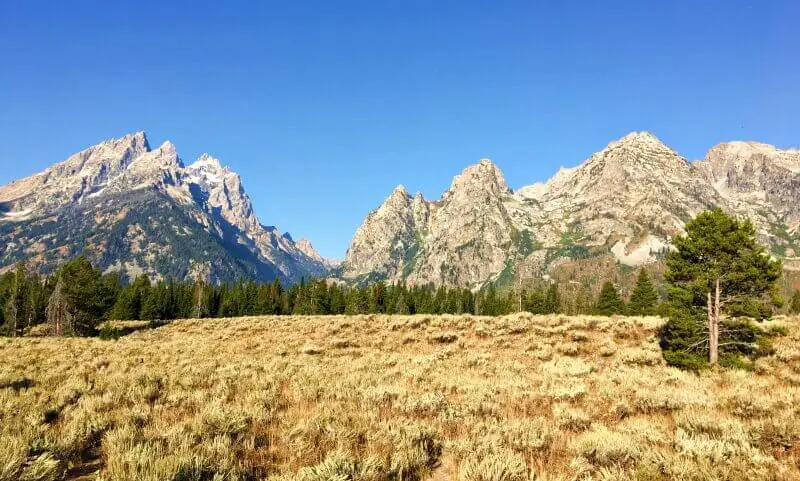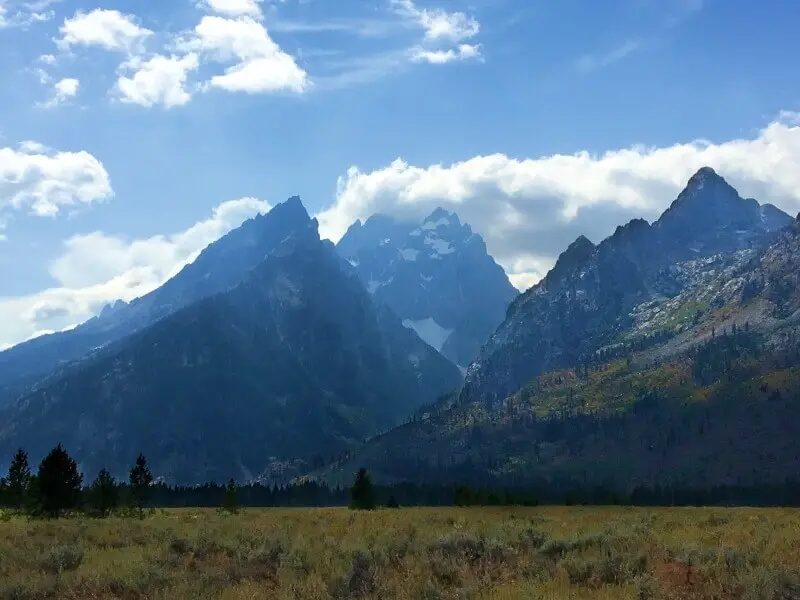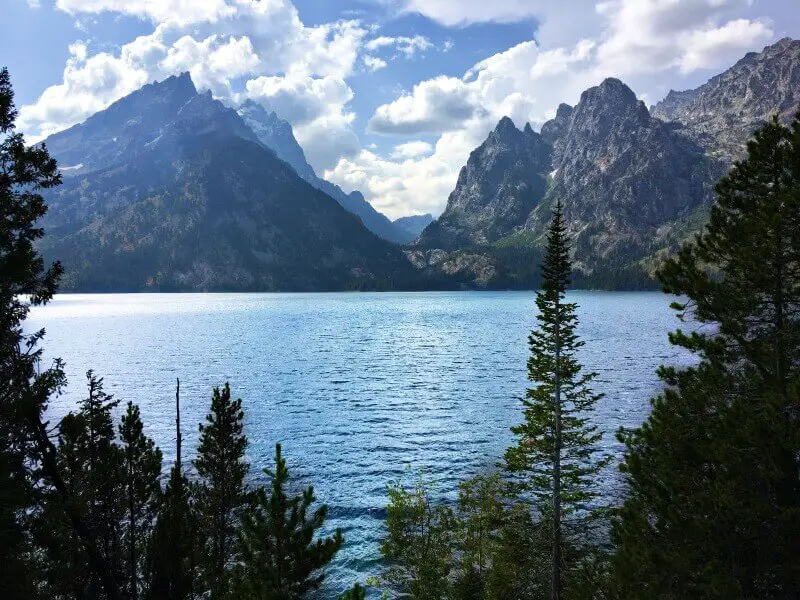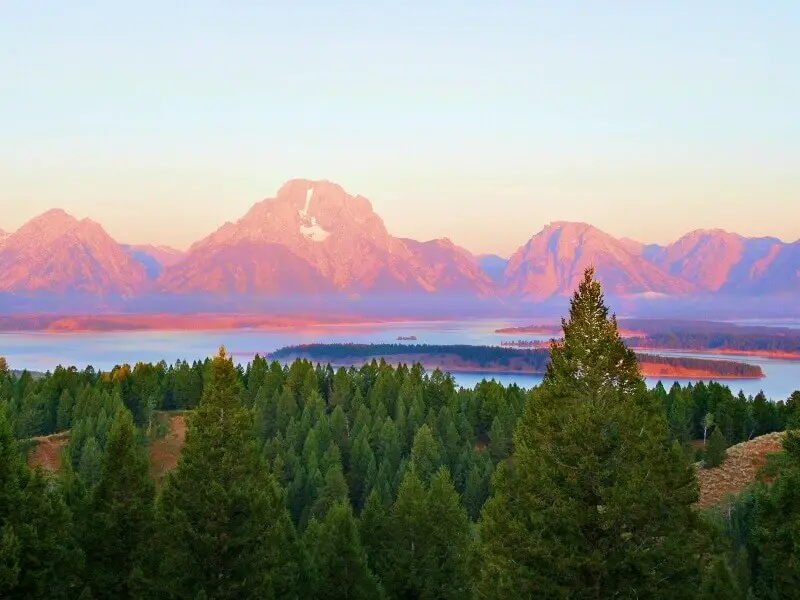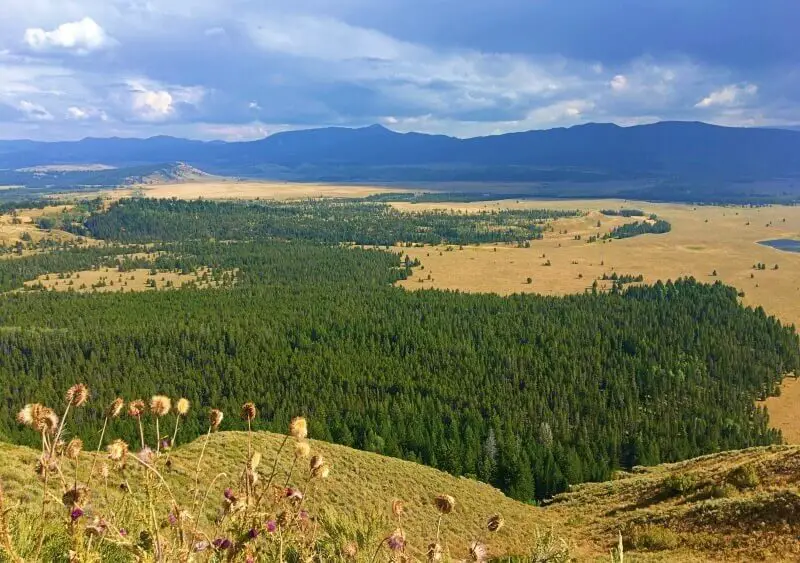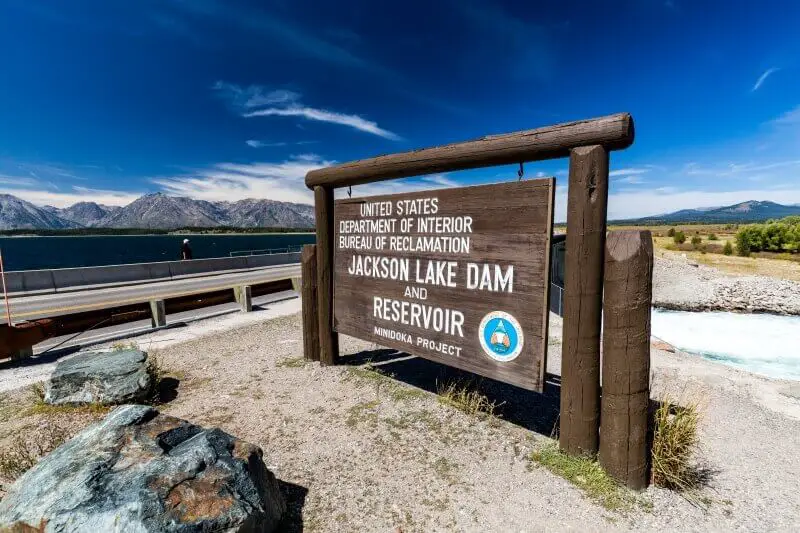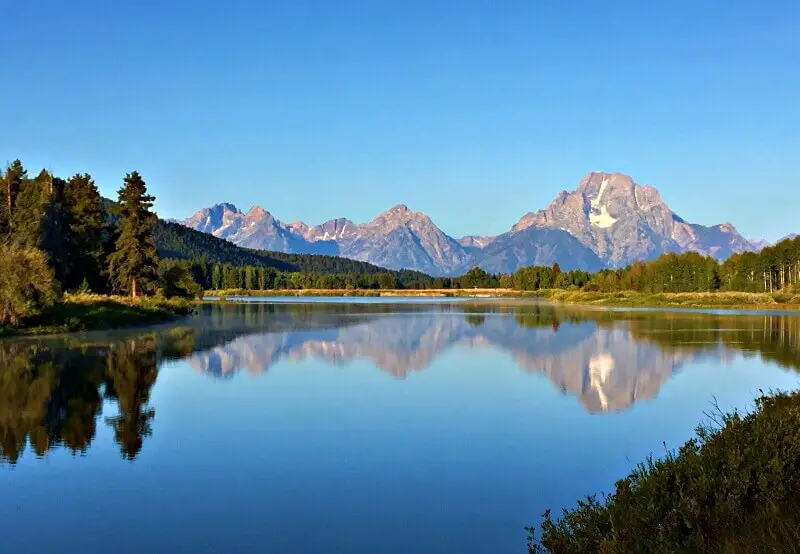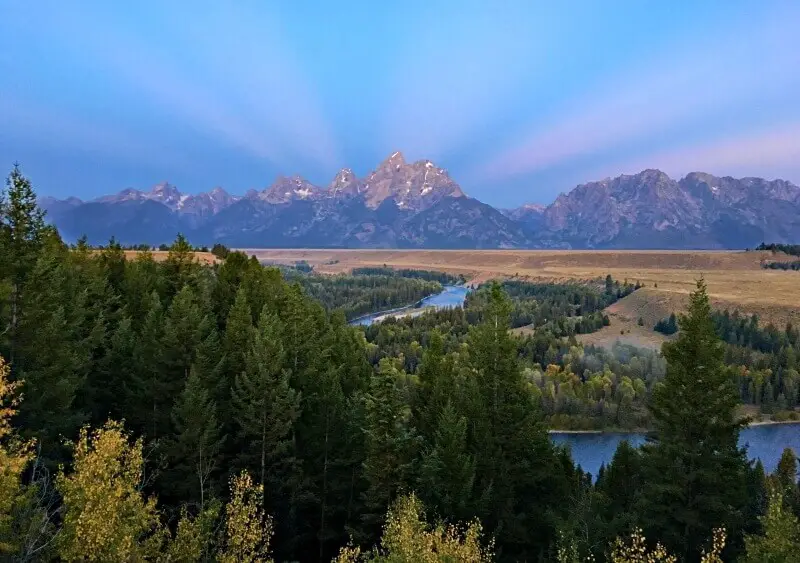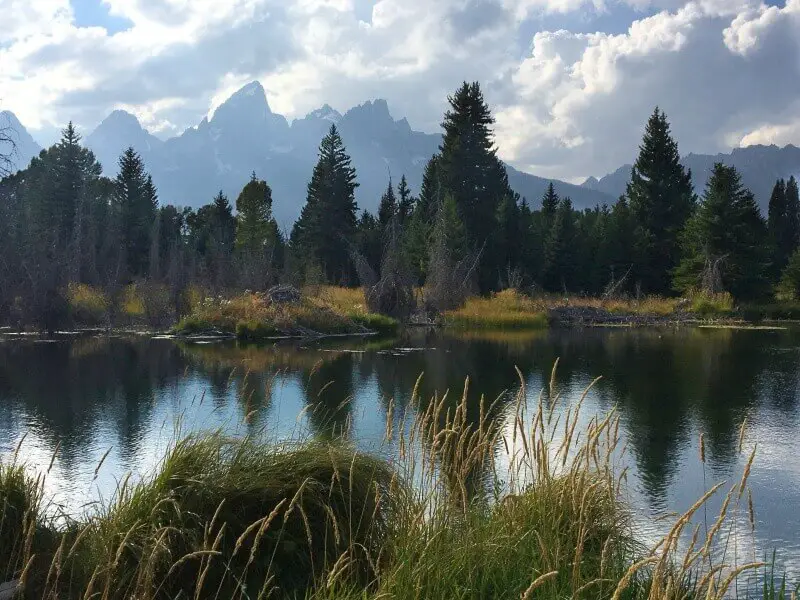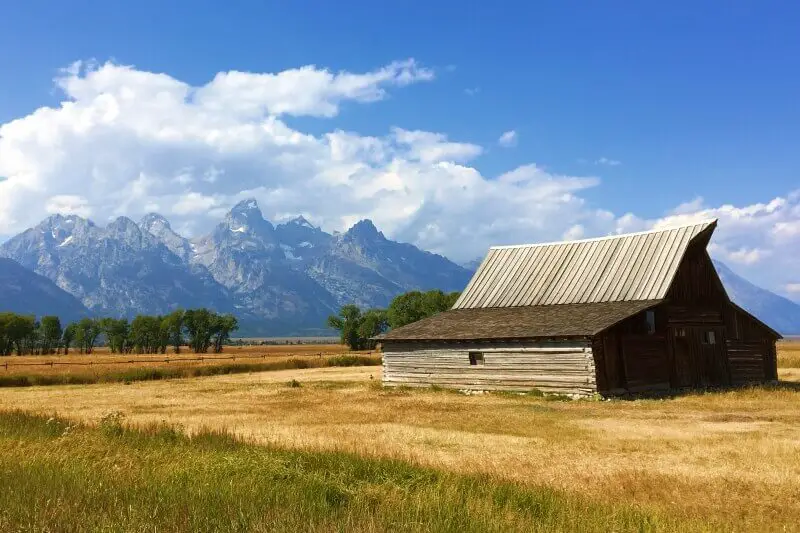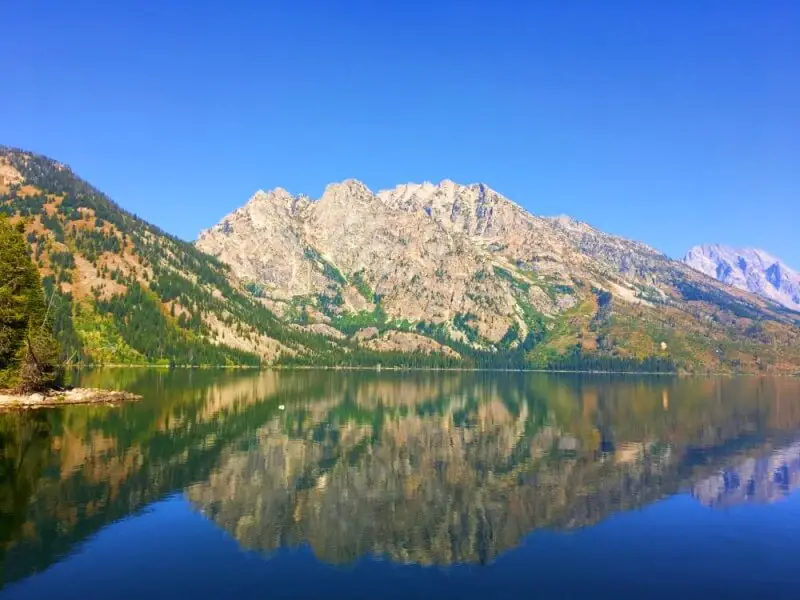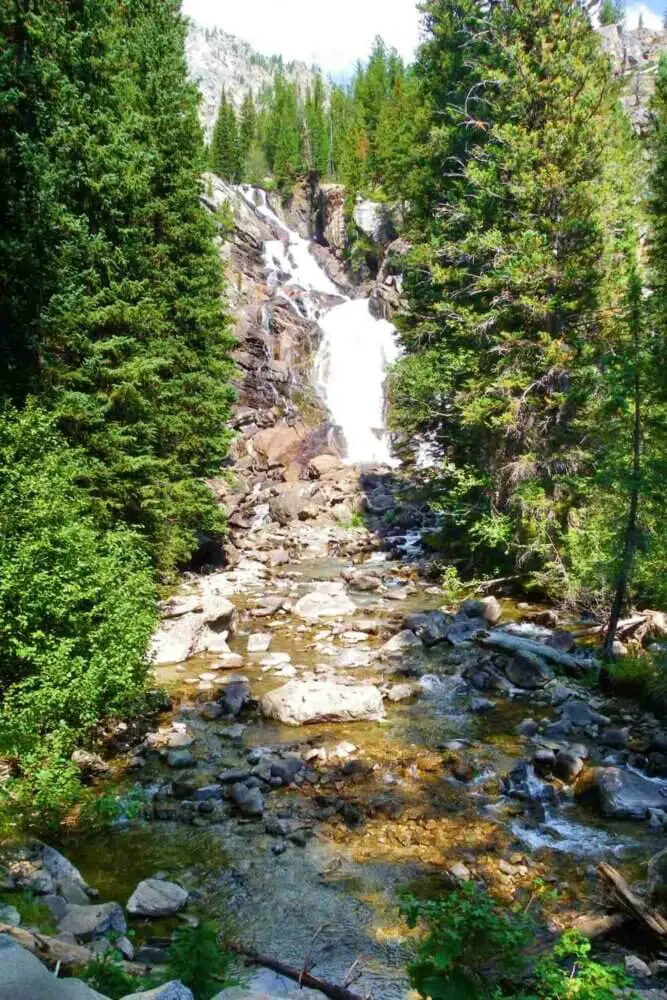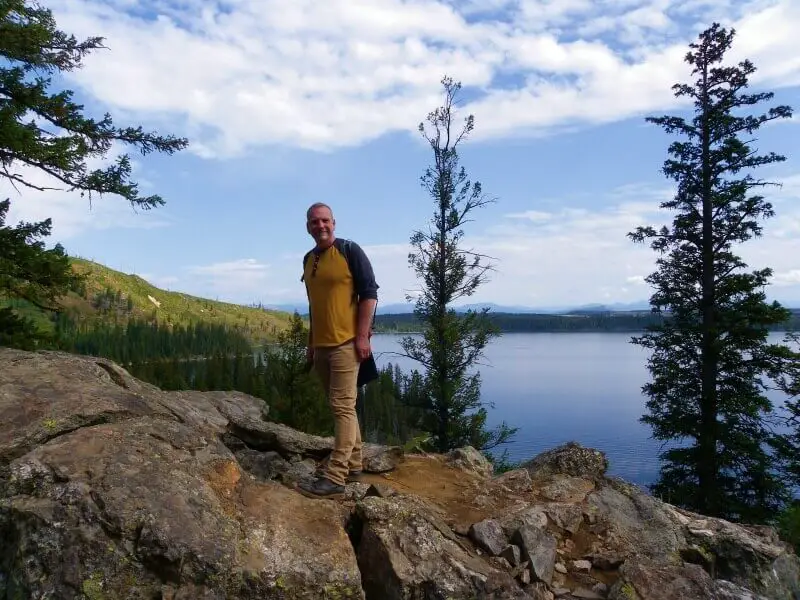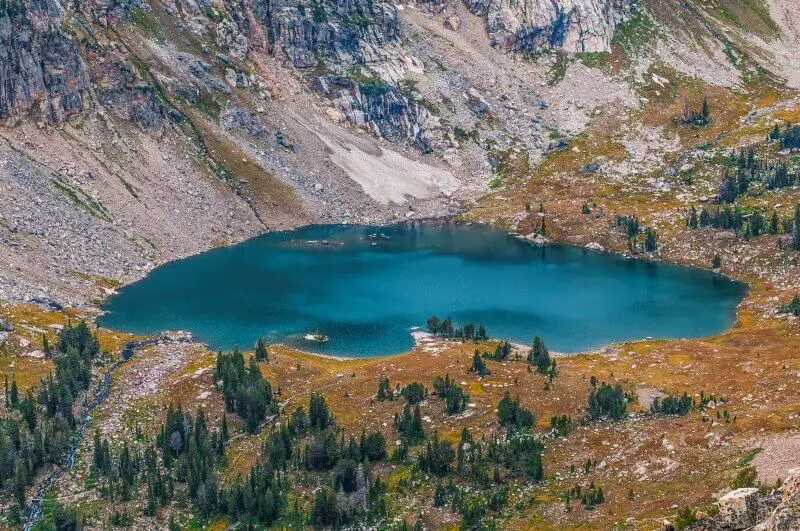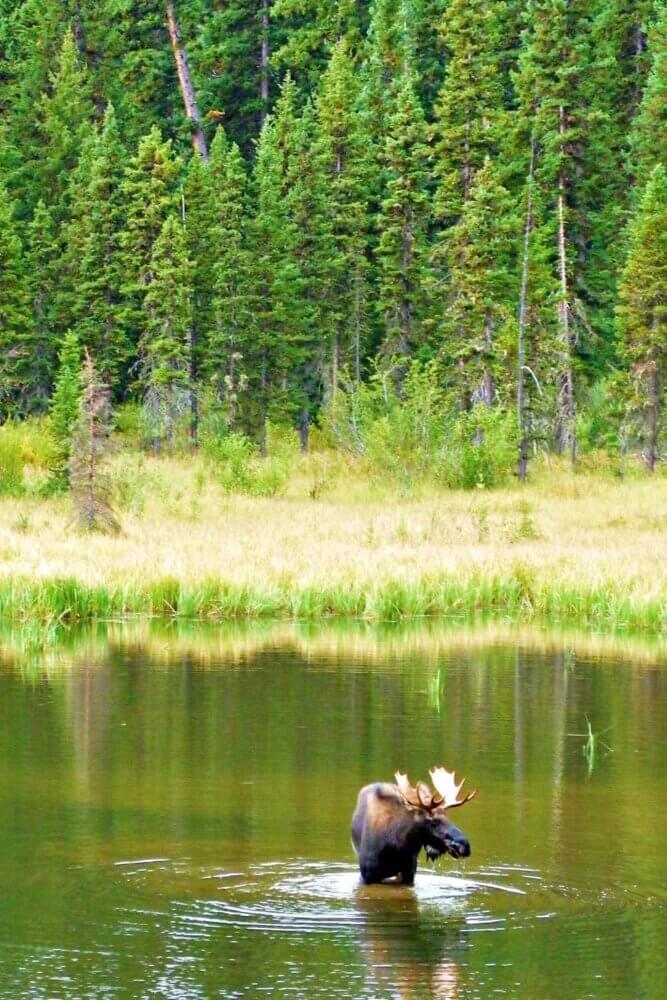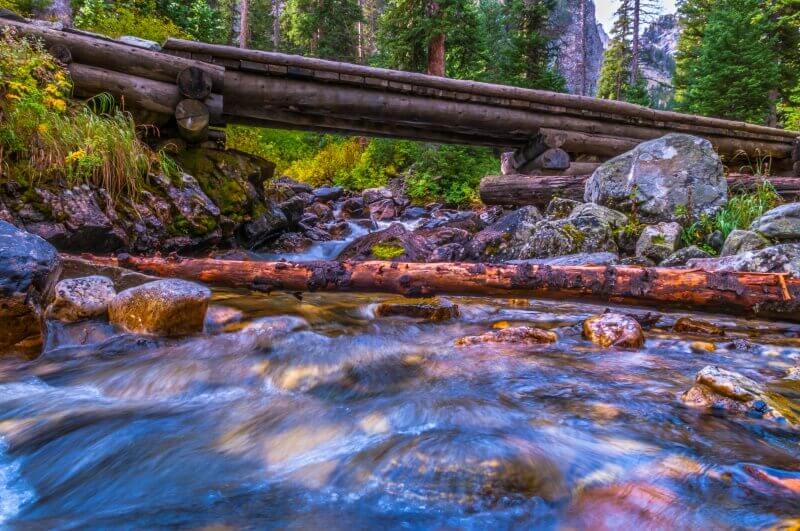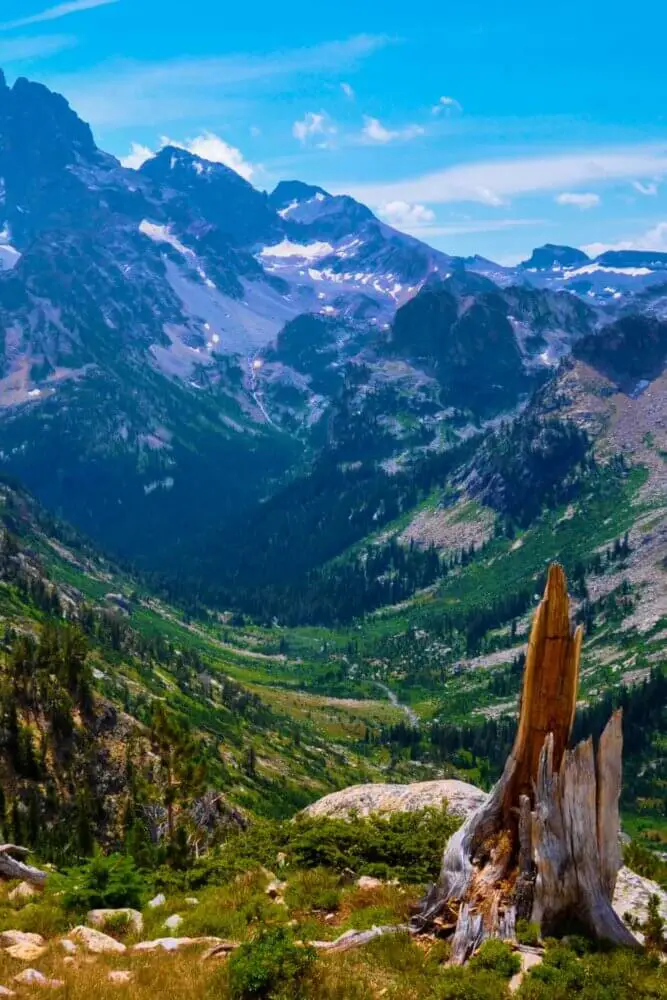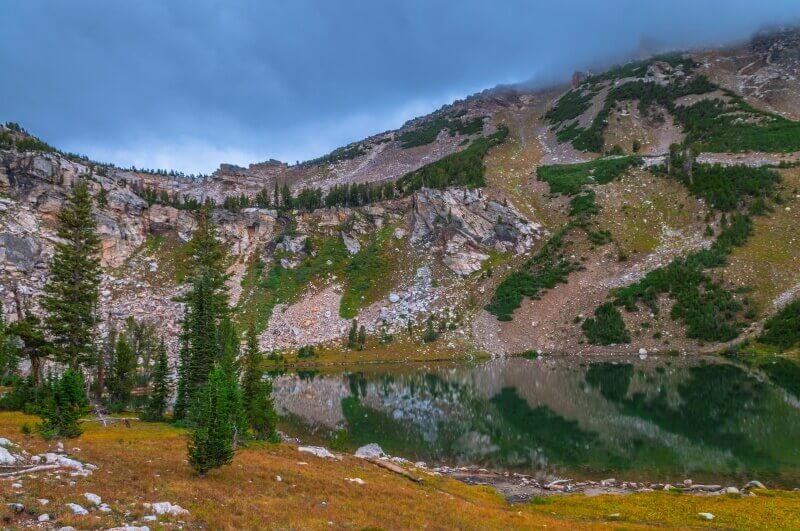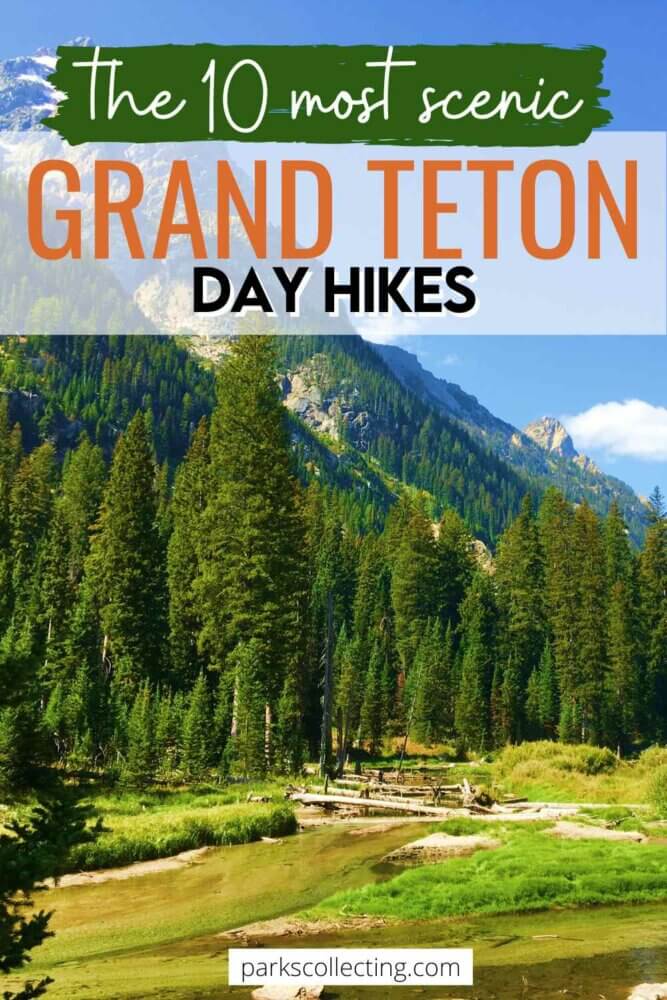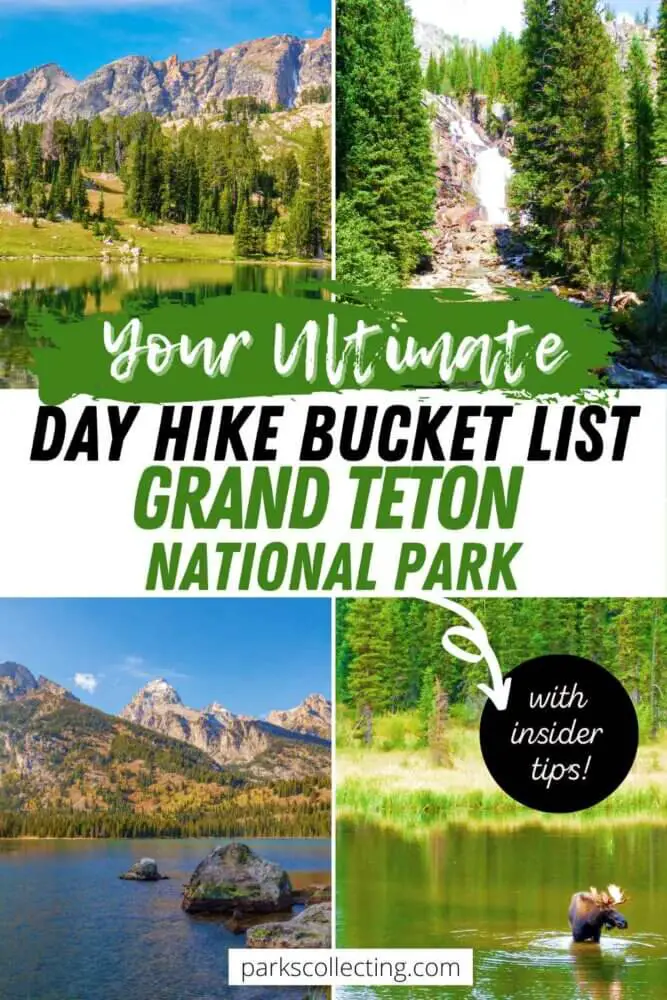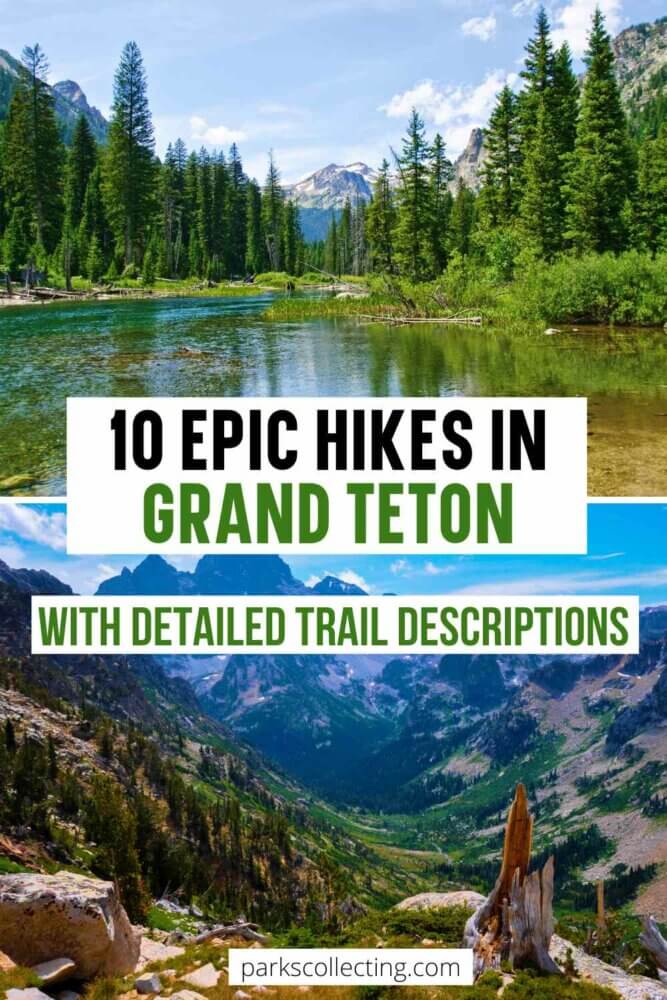Hiking the Wildcat Trail, Monument Valley is a true once-in-a-lifetime experience. The Wildcat Trail is not only one of the absolute best Monument Valley hiking trails, it is the only Monument Valley trail that you could hike without a guide. And one that you will, surprisingly, most likely have to yourself.
Monument Valley is quintessential American wild, wild west. The stunning buttes and mesas are iconic images featured in multiple movies and TV shows. Seeing the valley in real life is a magical experience. The valley is on Navajo tribal land, so most of it can only be accessed with a Navajo guide, but there is one trail you can hike by yourself.
TOP TOUR: Book a day trip from Sedona now
TOP HOTEL PICK: Check availability now
FIND THE CHEAPEST CAR RENTAL: Search Discover Cars for the best deals
FIND THE CHEAPEST FLIGHTS: Search Skyscanner for the best deals
GET TRAVEL INSURANCE: Get insured with Travelex before you go
No time right now to read this Guide to Hiking the Wildcat Trail, Monument Valley? Pin It and save it for later:
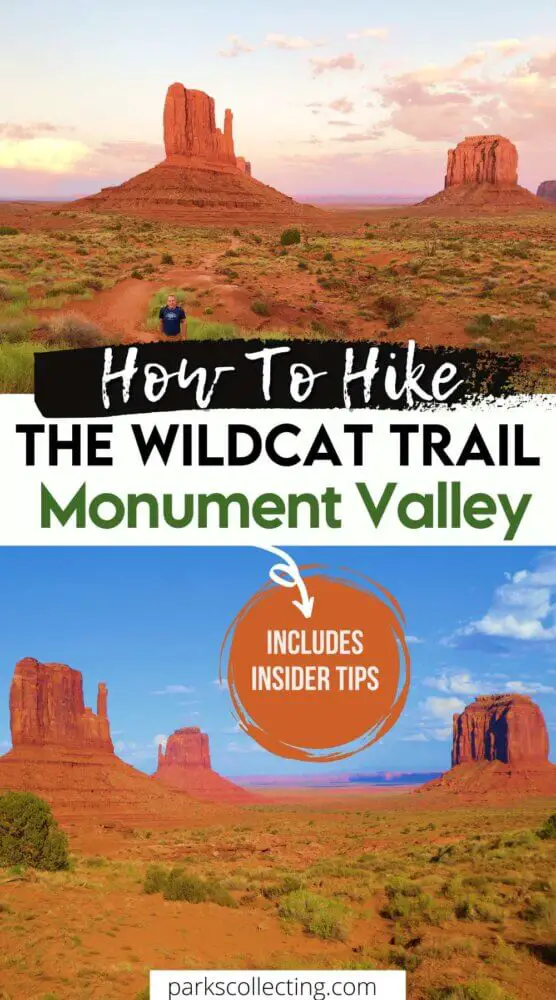
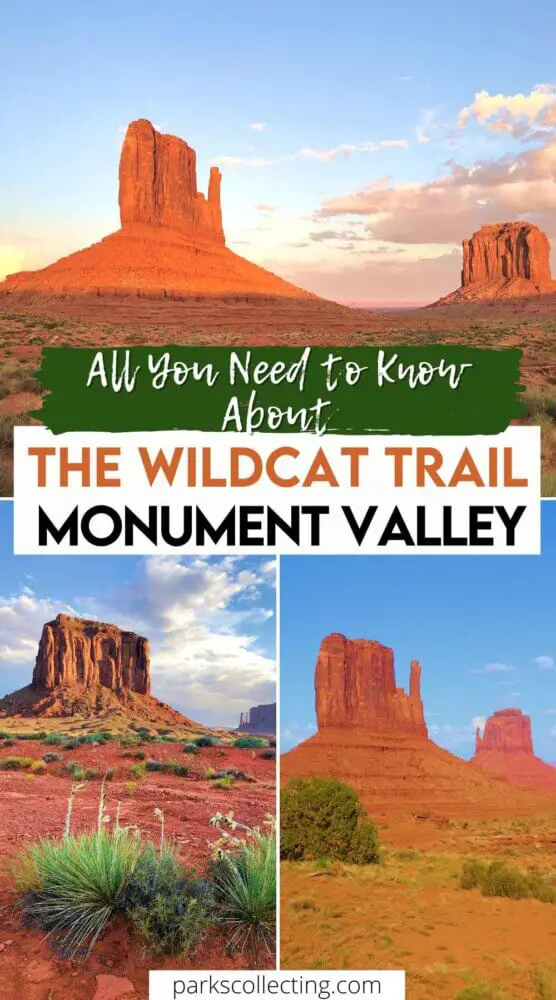
Please note that some of the links below may be affiliate links. If you make a purchase through these links, I earn a small commission at no additional cost to you. Read my Disclosure for more information.
The Wildcat Trail descends from The View Hotel and camping area and circles around West Mitten. Seeing the vegetation, desert wildlife and the incredible rock formations up close and at your own pace is a truly memorable experience.
The trail also provides breathtaking panoramic views of the Monument Valley landscape. The colors of the desert are especially stunning in the first light of dawn and the last light just before the sun sets. At these times of day, the stunning rock formations glow a brilliant, unearthly color. They look like they have been photoshopped and oversaturated, but this is just nature putting on a show.
Even more incredible to me is that chances are you won’t see another soul! I did the hike in early September at 6:00pm and saw one other couple the entire time.
The trail has a steep descent and ascent in soft sand that can seem cruel at the end when you are tired, but most of it is fairly flat hard dirt. I LOVED this hike!
Subscribe to monthly updates with tips for planning, travel inspiration and trip ideas and get instant access to the free PDF of this
Guide to Hiking the Wildcat Trail
Wildcat Trail, Monument Valley Details
- Distance: 3.6 miles/ 5.8 km
- Type: lollipop/ lasso
- Elevation change: 380 feet/ 116 m
- Time: Approx. 2 hours. I did it in just under 2 hours, but didn’t stop much.
- Difficulty: Easy-moderate. Most of the trail is fairly flat and easy, but the start is a descent down soft sand, which means the end is an ascent up soft sand! Also, Monument Valley is 4,838 feet/ 1,475 m above sea level, so the elevation can make it harder than it would be at sea level.
- Trailhead: At the intersection where the Monument Valley self-drive road starts
- Highlights: Sunrise/ sunset; close views of the West Mitten; panoramic views of Monument Valley; seeing the desert flora
- Fee: The trail itself is free, but there is a fee to enter Monument Valley Navajo Tribal Park. This is $20 for a vehicle of up to four passengers or $10 per walk-in, bicycle, or motorcycle.
- Open: Before 11:00am and after 5:00pm. Between 11:00 am and 5:00pm, the trail is closed due to the dangers of extreme heat in summer.
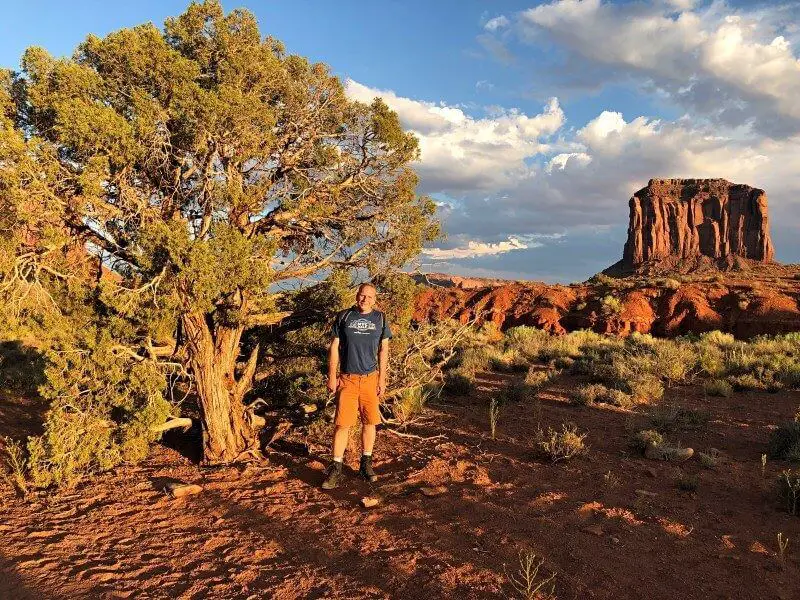
Tips for Hiking the Wildcat Trail
- The trail is well-marked and easy to follow, but nonetheless, I recommend reading my Guide to Reading Trail Markers if you are a newbie hiker.
- Go early or go late. You actually don’t have a choice in the warmer months, as the trail is closed in the heat of the day, but this is the best time to go anyway. The sunrises and sunsets over Monument Valley are SPECTACULAR. We did it at 6:00pm and it was pleasant in early September.
- The trail crosses a couple washes and the trail actually goes along a wash for part of it. As the name suggests, washes are subject to flash floods, so check with the visitor center before heading out to make sure there is no rain in the area. The visitor center is open:
- 8:00 am – 5:00 pm, October 1 – April 30
- 6:00 am – 8:00 pm, May 1 – September 30
- 8:00 am – 12:00 pm Thanksgiving
- Closed Christmas Day and New Year’s Day
- You don’t need a permit per se, but you do need to register at the visitor center office before you go and when you get back. If you do this in the evening, the visitor center will be closed when you get back. We found ourselves in this situation, so we let the camping office know. This is so that someone knows you are out in the desert in case you get stuck there. But stay on the trail, go early or late and take plenty of water and you should be OK.
- Wear appropriate clothing and pack all you need. Check to make sure you have everything on my Day Hike Packing List and that you have the essential hiking gear for beginner hikers here.
- Wear decent hiking shoes or boots. Read my reviews of the best hiking boots and shoes if you need new ones.
- Take lots of water! Monument Valley hikes are not for the unprepared. The trail is completely exposed (there is no shade) and the desert heat in summer (and even in spring and fall) is fierce and you can easily get dehydrated without realizing. Take more water and drink more often than you think necessary. I like the Que collapsible bottle
- Wear sun protection. This includes:
- Sun hat: Check out the Columbia unisex sunhat on Amazon here
- Sunscreen: Buy sunscreen on Amazon here
- Hiking poles will help you, especially on that last 0.5 miles/ 1 km. If you need to get some hiking poles, check out my pick here.
- Take binoculars. There are animals and birds in the desert that you can see better through binoculars. You can also use them to see details in the rock formations. The best binoculars for the money are the Vortex Optics Diamondback 10×42 Roof Prism Binoculars. Read a comprehensive Guide to the Best Binoculars for the Money for top choices, reviews and recommendations.
- You may well have the trail to yourself, but you should still follow basic hiking etiquette.
- If you are a newbie hiker, read my Hiking 101 guide.
- Consider staying in the campground, which is next to the trailhead. It is (much) cheaper than the hotel, and there are jaw-dropping views of the valley from your tent. If you are looking for a tent, read my Guide to Buying a 4-Person Tent (which I recommend for 2-4 people plus luggage), a 6-Person Tent or an 8-Person Tent (if you are traveling with a group of friends or your family)
- If you are hiking in the afternoon, it is a good idea to take a flashlight with you in case you don’t get back by dark.
Wildcat Trail Monument Valley Map
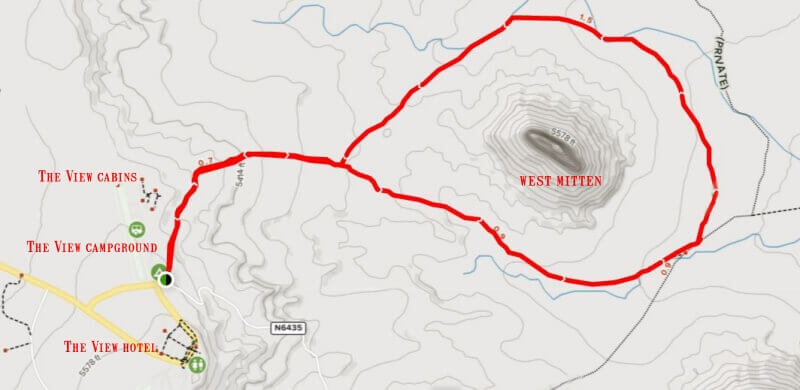
Subscribe to monthly updates with tips for planning, travel inspiration and trip ideas and get instant access to the free PDF of this
Guide to Hiking the Wildcat Trail
Monument Valley Wildcat Trail Description
The trail starts at the northeast corner of intersection where the Monument Valley self-drive starts. To get there from the visitor center, facing away from the valley, turn right at the bottom of the steps. You will soon arrive at the intersection and see the sign for the trail head. The campground and cabins are straight ahead if you continue along the road.
The trail starts by descending down a soft sandy slope (think ‘sand dune’). The campground is to your left and then the cabins are up and off to your left a little further along. You soon leave them behind.
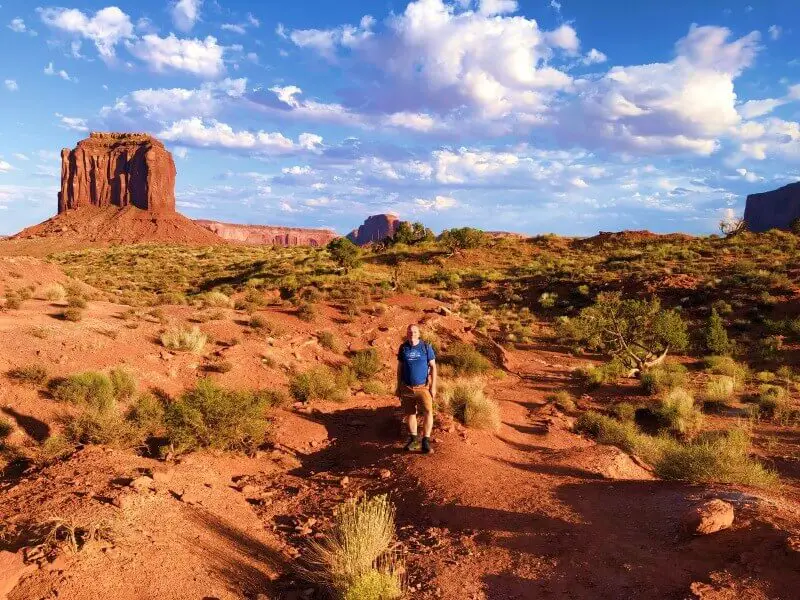
There are incredible views from here over Monument Valley. You can see East Mitten, West Mitten and Merick buttes. The big butte closest to you is West Mitten and the trail circles around this.
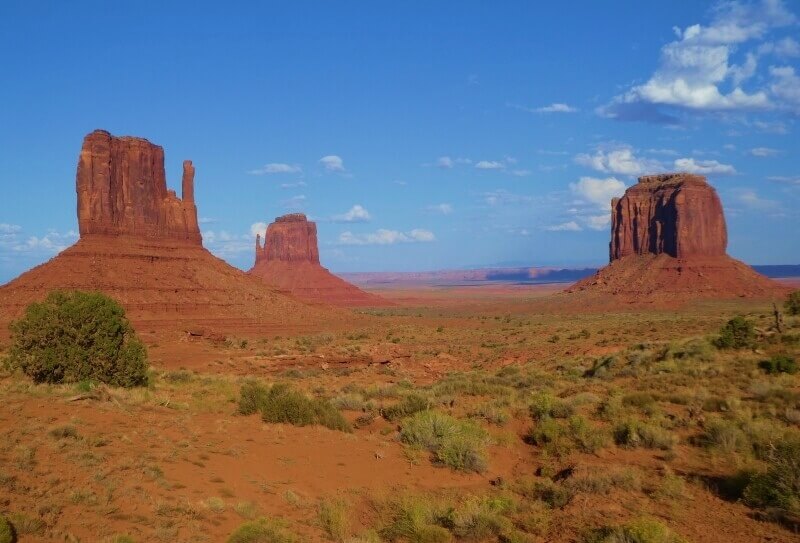
Continue downwards along the sandy trail. The trail is pretty easy to see and follow. There are small signs indicating the names of various plants along the way. One thing I like about this trail is that it not only gives you panoramic views of the valley landscape, but also gives you an opportunity to see desert life up close and personal.
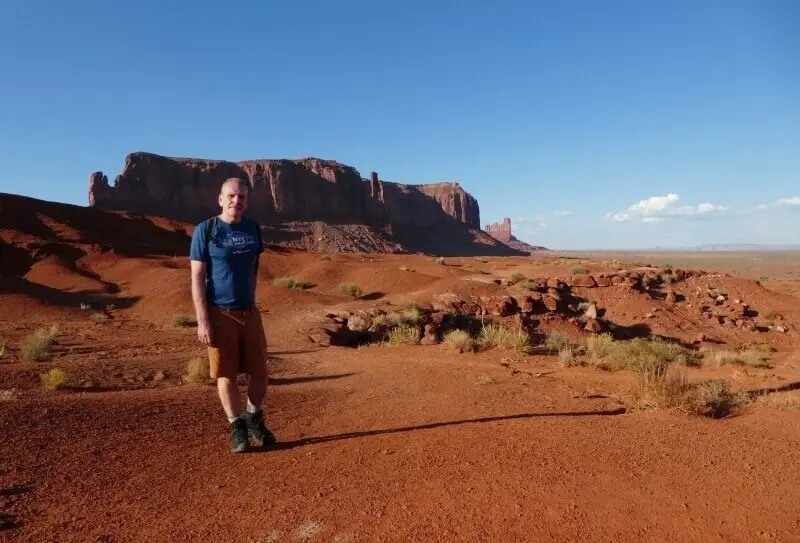
0.7 miles/ 1.13 km into the hike, you come to a fork. This is where the loop around the West Mitten starts. There is a small sign here indicating that you should go right (east) so that you circle around in a counterclockwise direction. You will return along the trail to the left.
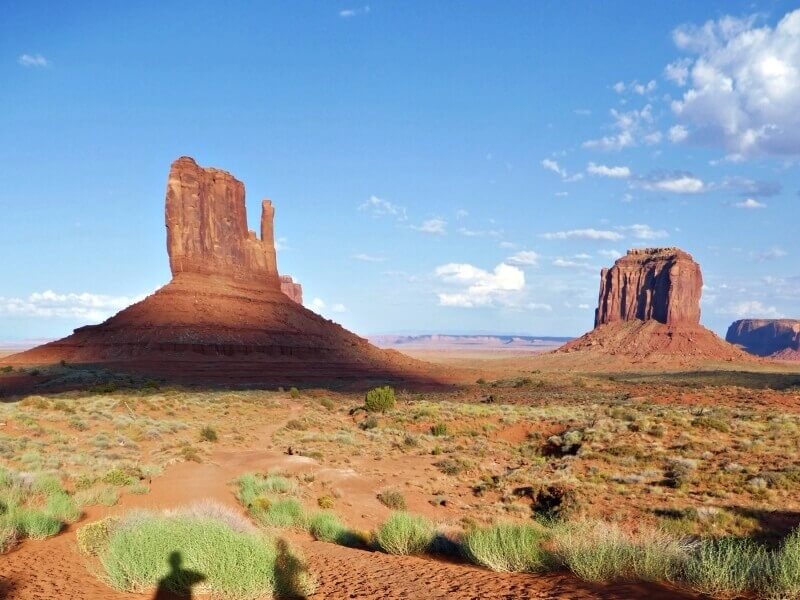
The dirt trail continues as it circles around West Mitten. It crosses a couple of washes, but is easy to follow.
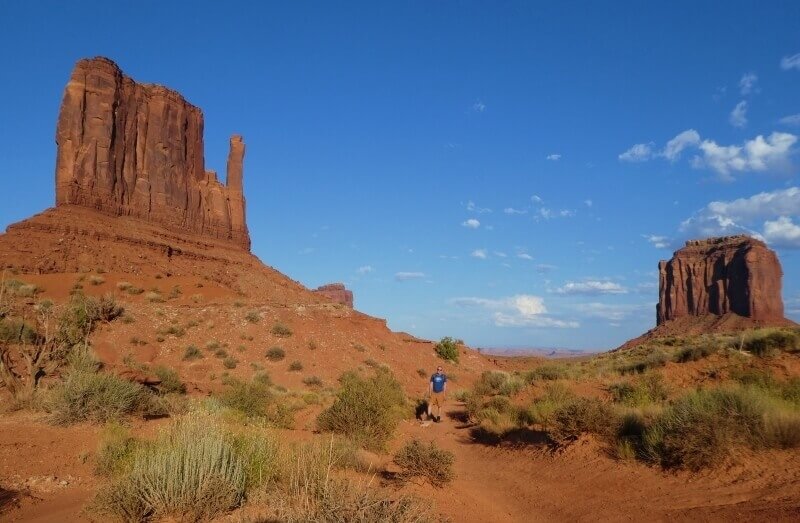
There are great view of Merrick Butte.
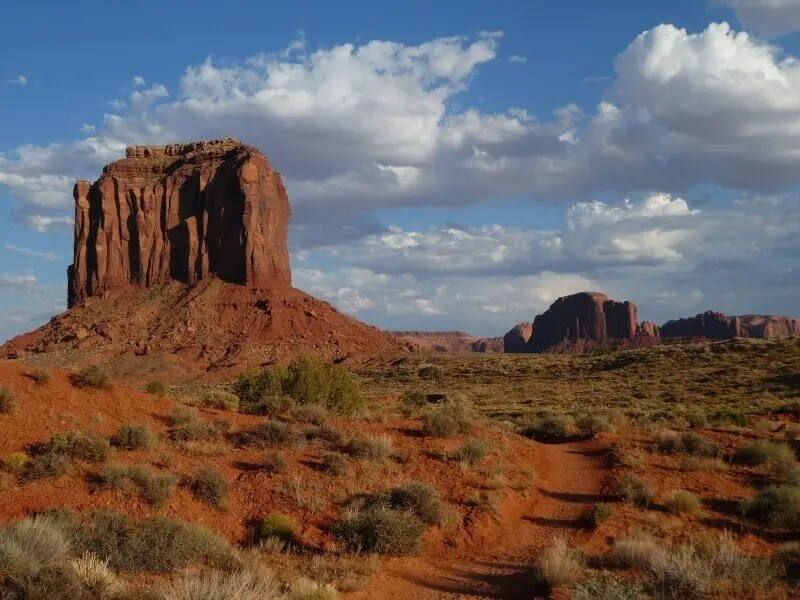
At the 1.7 miles/ 2.7 km mark, the trail joins a dirt road for a short section. This is another great spot for photos of West and East Mittens and Merrick Butte.

Another 0.1 mile/ 160 m along, the trail leaves the road and heads off the left.

The view of West Mitten changes a lot as you circle around it.
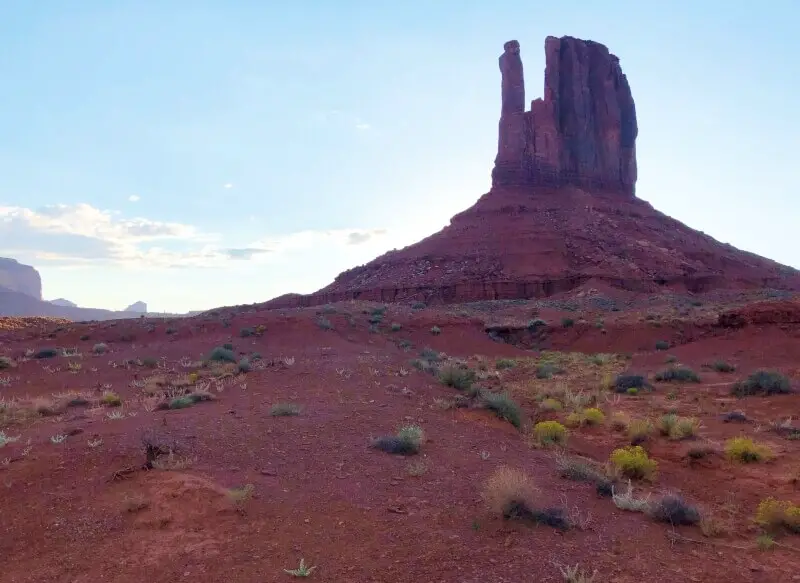
At 2.7 miles, you will get to another wash. Hike in the wash for about 0.1 miles/ 160 m when the trail again heads off the left.

I could even see the moon clearly in the sky as the West Mitten blocked out the late afternoon sun.

This is an angle that you don’t usually get to see:
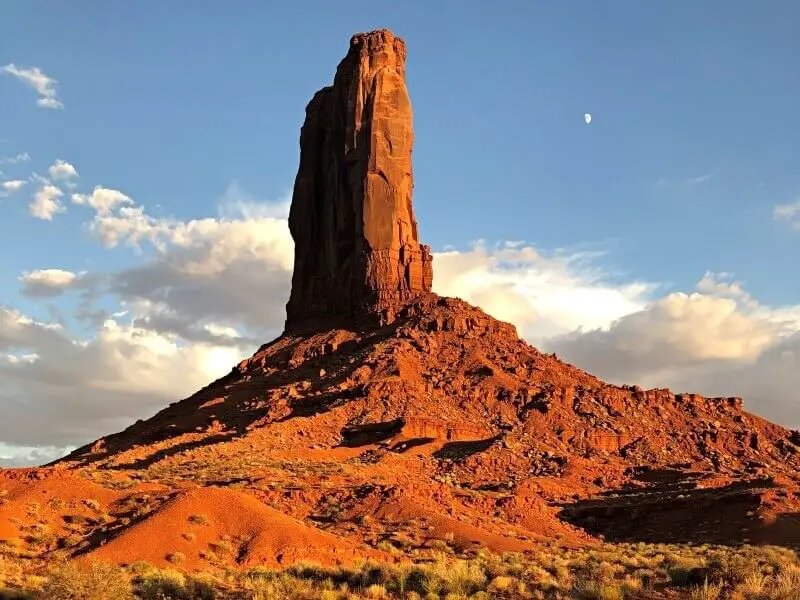
There is a small hill before ending the loop and getting back to the same trail you started on.
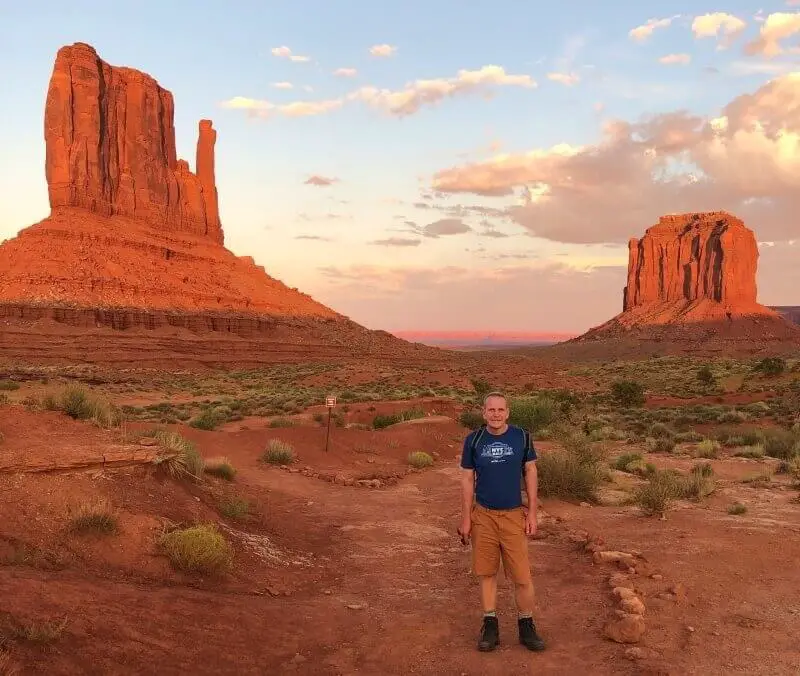
If you are doing this hike in the late afternoon, be sure to turn around often, as it is around this time, depending on when you started, that West Mitten glows a bright orange color like it is on fire in the last direct sunlight of the day. It’s breathtaking! At the junction, turn right and head back towards the trailhead.
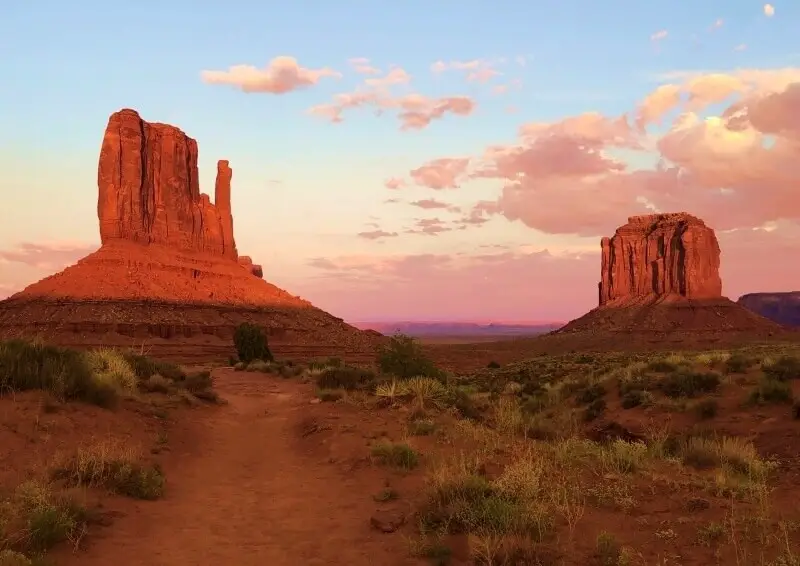
This was my favorite part of the hike – such incredible light!
The last 0.5 mile/ 1km section of the trail is climbing back up the soft sand that you descended at the beginning. This is the hardest part of the trail because it is at the end when you are most tired and it is uphill in soft sand. It’s not that long a distance though and you will be back in no time.
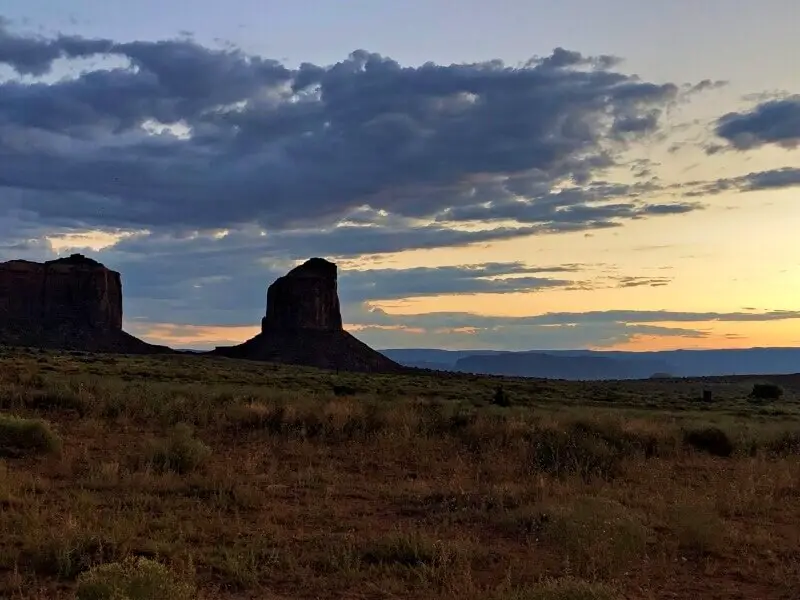
Make sure you sign back in so that everyone knows you are no longer out in the desert.
Wildcat Trail, Monument Valley FAQ
Can you hike in Monument Valley?
Yes, there are actually several hikes in Monument Valley, though the Wildcat Trail is the only one that you can do without a Navajo guide.
Where can I hike in Monument Valley without a guide?
The Wildcat Trail is the only hike that you can do in Monument Valley Navajo Tribal Park without a Navajo guide.
Where is the Wildcat Trail?
The Wildcat Trail is in Oljato-Monument Valley (Tsé Biiʼ Ndzisgaiiin the Navajo language, pronounced [tsʰépìːʔntsɪ̀skɑ̀ìː]), in the area designated as the Monument Valley Navajo Tribal Park. Monument Valley traverses Arizona and Utah, but the trailhead is in Arizona.
The trail starts near the View Hotel/ visitor center at the four-way intersection with the entrance road, the road for the self-drive, the short road to the camping and cabin areas and the parking lot.
How long does it take to hike the Wildcat Trail?
It took me just under two hours, but I didn’t stop much because I wanted to make sure I got back before dark. At a more leisurely place, you could easily take 3 hours to hike the Wildcat Trail.
When is the best time of year to hike the Wildcat Trail?
The best time of year to hike the Wildcat Trail in Monument Valley is spring or fall. I hiked it in early September and it was great.
This is the desert and summer (mid-June to August) is VERY hot, with day time temperatures averaging over 90°F / 32°C. The trail is exposed, which means that there is NO shade on this trail. Even early in the morning and late afternoon it can be ridiculously hot, so if you are hiking the trail then, be sure to take more water than you think you will need and drink often. You don’t notice yourself dehydrating in the dry desert heat because your sweat evaporates immediately.
In winter (November to February), it gets cold because of the elevation and it can snow here. Seeing the buttes and mesas of Monument Valley covered in snow is kind of magical, but hiking in the snow can be quite challenging.
If you do this, wear warm clothing and take your time. Check out my:
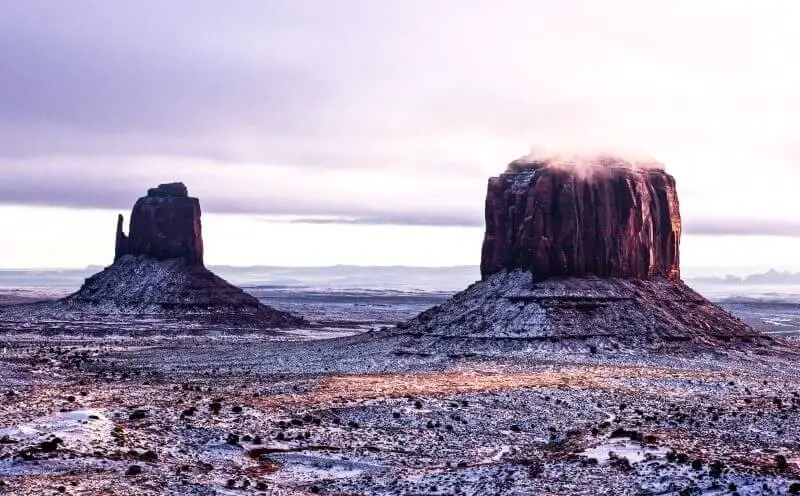
Spring (March to early June) and fall (September and October) are much more comfortable, though even then, you should respect the desert and make sure you have lots of water and make sure you pack and dress appropriately. Check my Day Hike Essentials Packing List to make sure you take what you need. Spring often has wildflowers in bloom.
What is the best time of day to hike the Wildcat Trail?
The best time of day to hike the Wildcat Trail is early morning or late afternoon.
Sunrises over Monument Valley are nothing short of spectacular, so it is worth getting up early for the sunrise, with West and East Mittens silhouetted behind a technicolored sky, then head down into the valley on the hike.

My favorite time, though is late afternoon. The trail is closed 11:00am – 5:00pm, so head out between 5:00pm and 6:00pm. I wouldn’t leave later than 6:00pm or you will be hiking the last part in the dark.

Near the end of the hike, the West Mitten will start blazing. The bright color looks like it is made of super-heated molten rock. Your photos will be #nofilter.
How much does it cost to hike the Wildcat Trail?
The trail is free. However, there is a fee to enter the Monument Valley Navajo Tribal Park. This is $20 for a vehicle of up to four passengers or $10 per walk-in, bicycle, or motorcycle.
Note that this is NOT a national park, so national park passes are not valid here.
Do I need a permit for the Wildcat Trail?
No, you do not need a permit to hike the Wildcat Trail. However, you do need to register. There is a sign-in sheet in the visitor center adjacent to the View Hotel. You should sign in and sign out. This is so that someone knows you are out wandering around in the desert (and that you are back).
What can I see on the Wildcat Trail?
The Wildcat Trail gives you panoramic views and also lets you see the desert up close. You will see the changing shape of the West Mitten as you circle around its base, which gives you a real appreciation for its size. Further in the distance are the East Mitten and Merrick Butte, with additional rock formations further afield.
You will also see various desert flora. Plants you can see alongside the trail include purple sage (which does actually smell like sage), prickly Mojave yucca, brittlebush, rabbitbush and cliffrose. Small signs along the first part of the trail help you identify them.
Is the Wildcat Trail the best hike in Monument Valley?
I think that the Wildcat Trail is the best hike in Monument Valley because it has the most classic view of the valley, you can do it without a guide and it gives you a chance to get out into the desert and see one of the classic buttes, West Mitten, from all angles.
Other hikes in Monument Valley (guide required) include:
- Hunt’s Mesa (the highest point in Monument Valley)
- Teardrop Arch (a famous arch)
- Mystery Valley (the neighboring valley, which most people never get to visit
Travel Insurance for Monument Valley
You need travel insurance whenever you travel, but especially when in the desert. The Wildcat Trail is not especially long or isolated, but you are out in the desert alone, and there is always the possibility that something could go wrong, so it is best to always be prepared.
If you are American, your health insurance may cover medical expenses (always check with your healthcare provider for out-of-state coverage), but is unlikely to cover emergency repatriation. For more details on what travel insurance covers and what to look for when buying travel insurance, read my Guide to Travel Insurance.
A good insurance option is Travelex. You can compare Travel Insurance plans here or get a quote right now:
Why do I like Travelex? It’s one of the major travel insurance providers in the United States with 25 years of experience. Unlike many insurances, it covers a range of adventure sports and activities and has several plans and optional upgrades so you can get coverage for your exact trip. You can compare Travel Insurance plans here or get a quote right now:
Happy hiking!
Do you have any tips for visiting Monument Valley to share? I’d love to hear them. Join my private Facebook group National Parks Collectors and comment and let me know.
Are you just starting to think about taking a southwest trip? Get Inspiration
Are you starting to plan a trip to Monument Valley? Read my Guide to Monument Valley
Are you ready to book your trip? Use these Planning and Booking Resources
Do you want to read a book about Monument Valley? Check out my Recommended Reading List
Read about other great hikes in the U.S. Southwest:
Subscribe to monthly updates with tips for planning, travel inspiration and trip ideas and get instant access to the free PDF of this
Guide to Hiking the Wildcat Trail
If you liked this post, please share the love and Pin It to your American Southwest and Bucket List boards!


About the Author
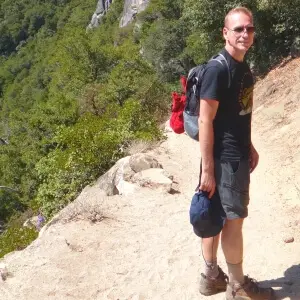
James Ian has traveled to 82 countries and all 7 continents. He has visited all of the main national parks in the United States, as well as many national monuments and state parks.
He has rafted through the Grand Canyon; rappelled down slot canyons near Zion and Arches; hiked among the hoodoos in Bryce and the enormous trees in Sequoia; admired the waterfalls in Yosemite and the colored hot springs in Yellowstone; seen moose in Grand Tetons and seals in the Channel Islands, and much more.
Parks Collecting is a participant in the Amazon.com Services LLC Associates Program, an affiliate advertising program designed to provide a means for sites to earn advertising fees by advertising and linking to amazon.com. Amazon and the Amazon logo are trademarks of Amazon.com, Inc. or its affiliates. As an Amazon Associate I earn from qualifying purchases.






